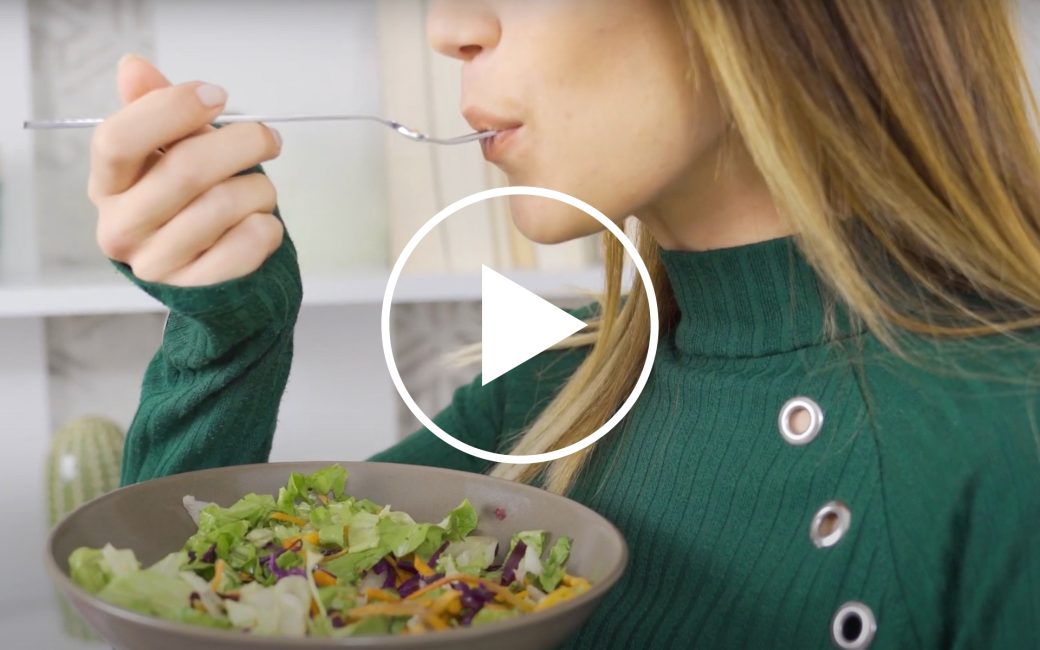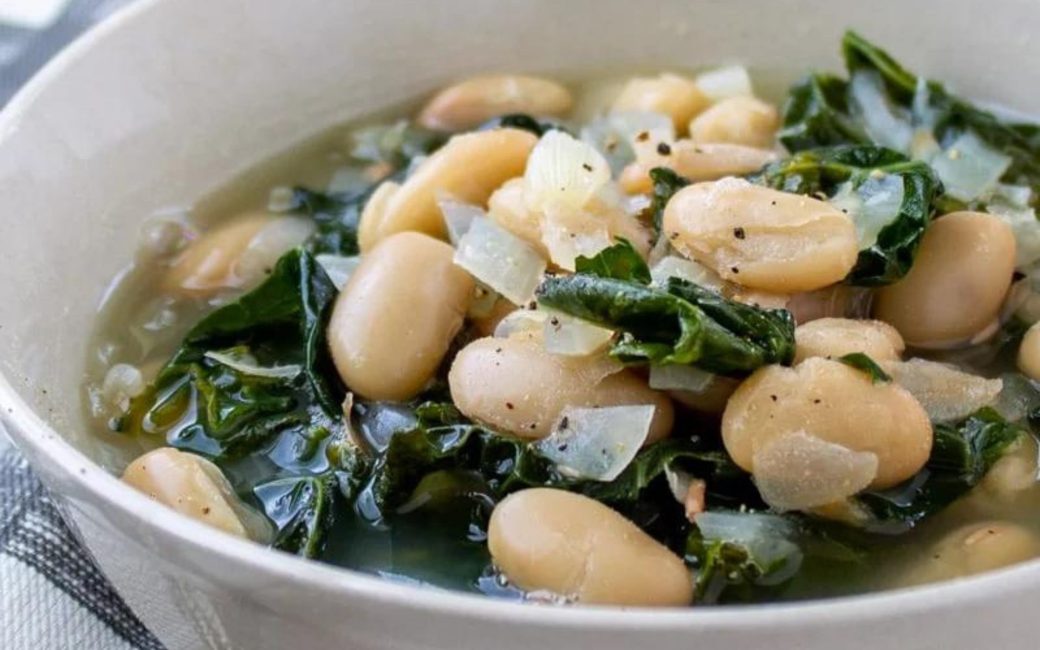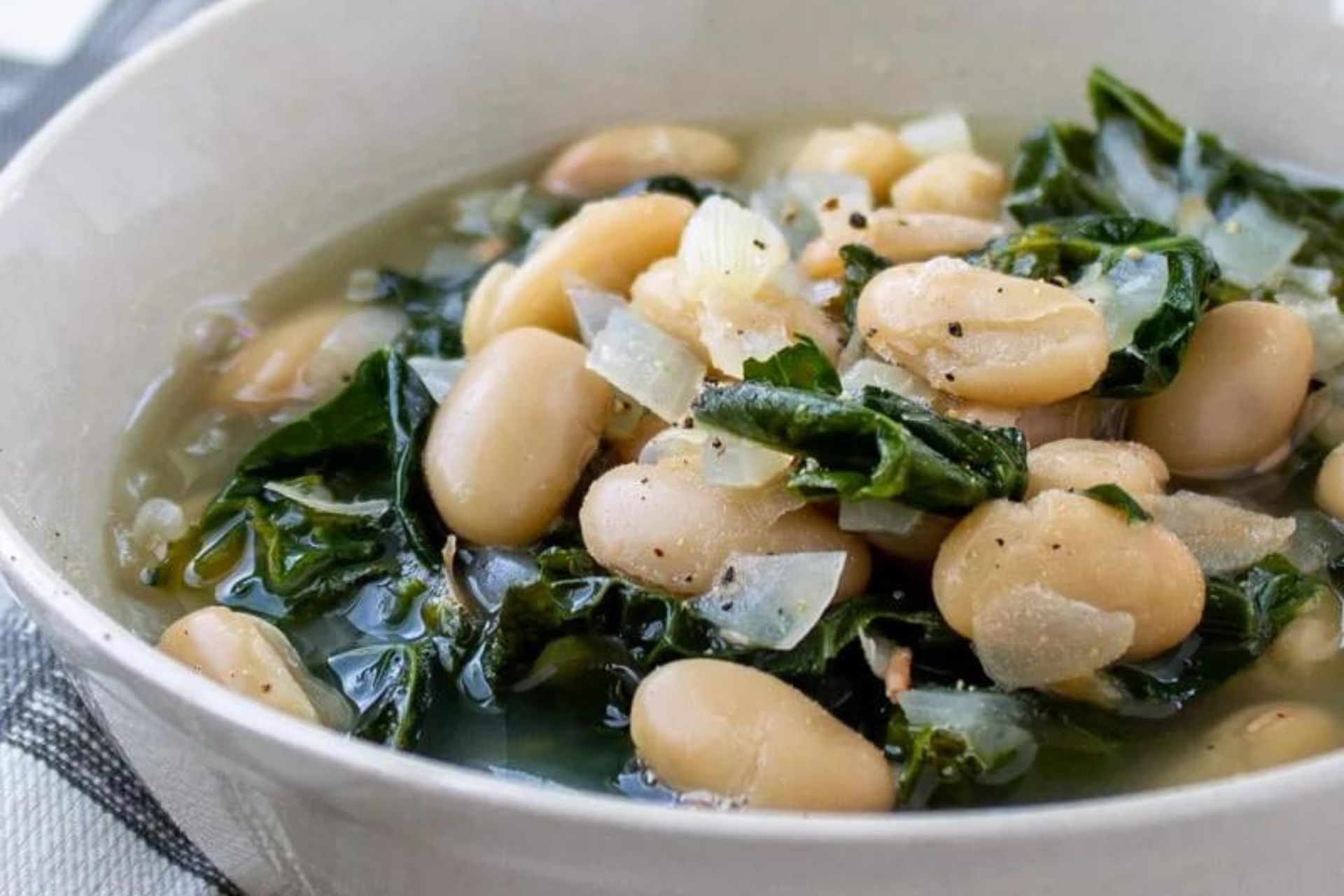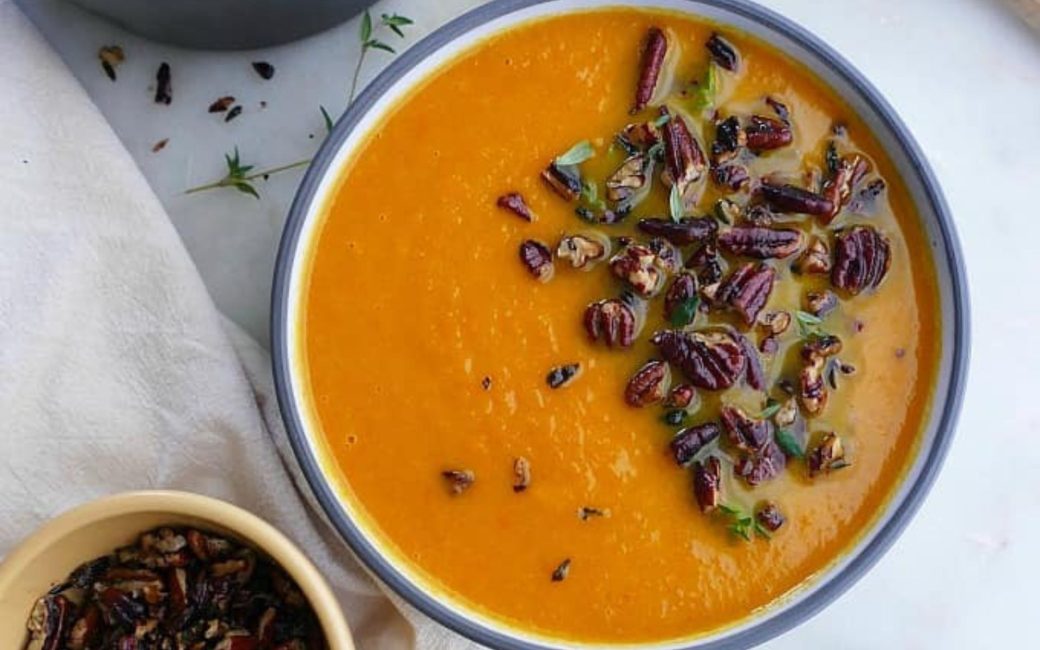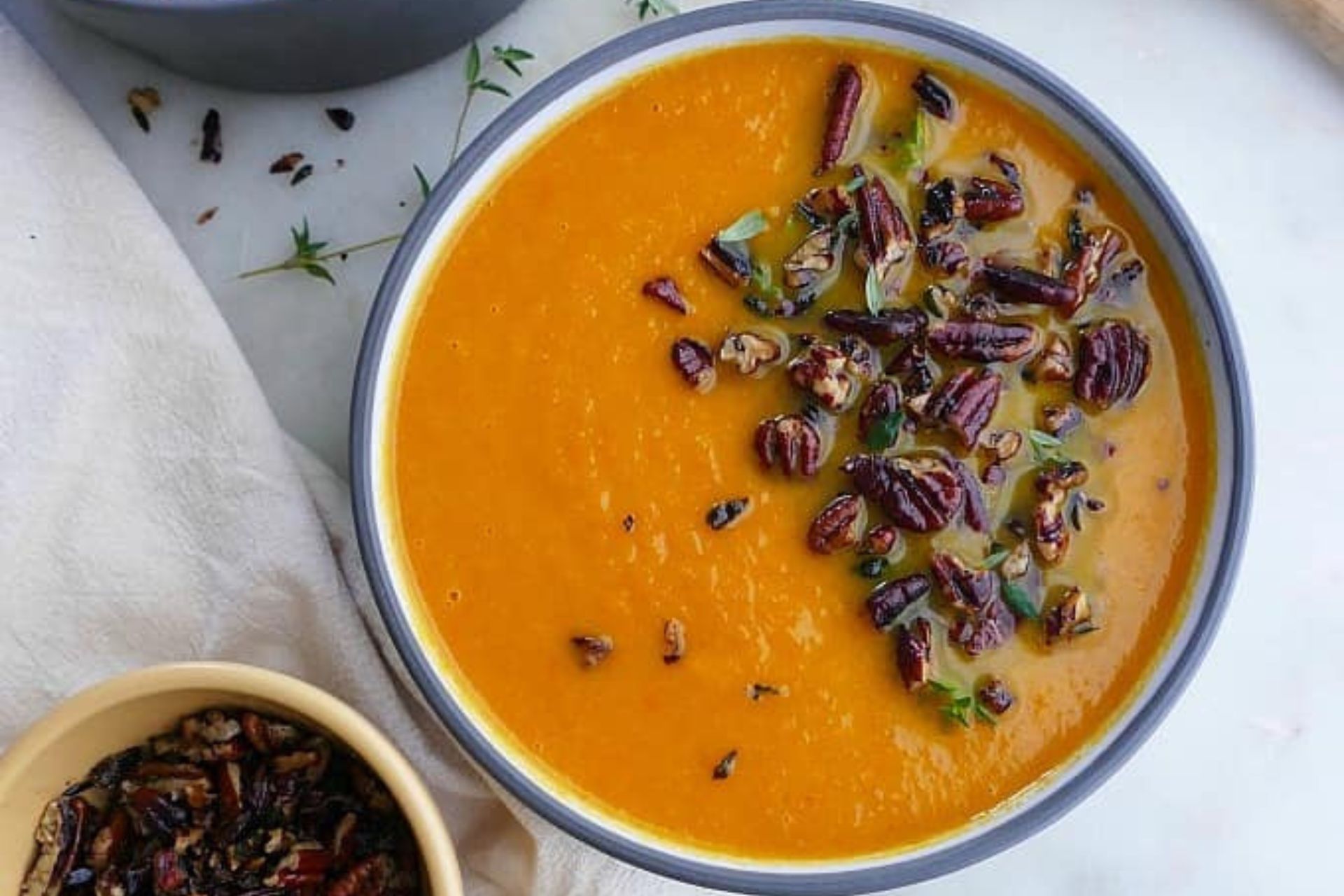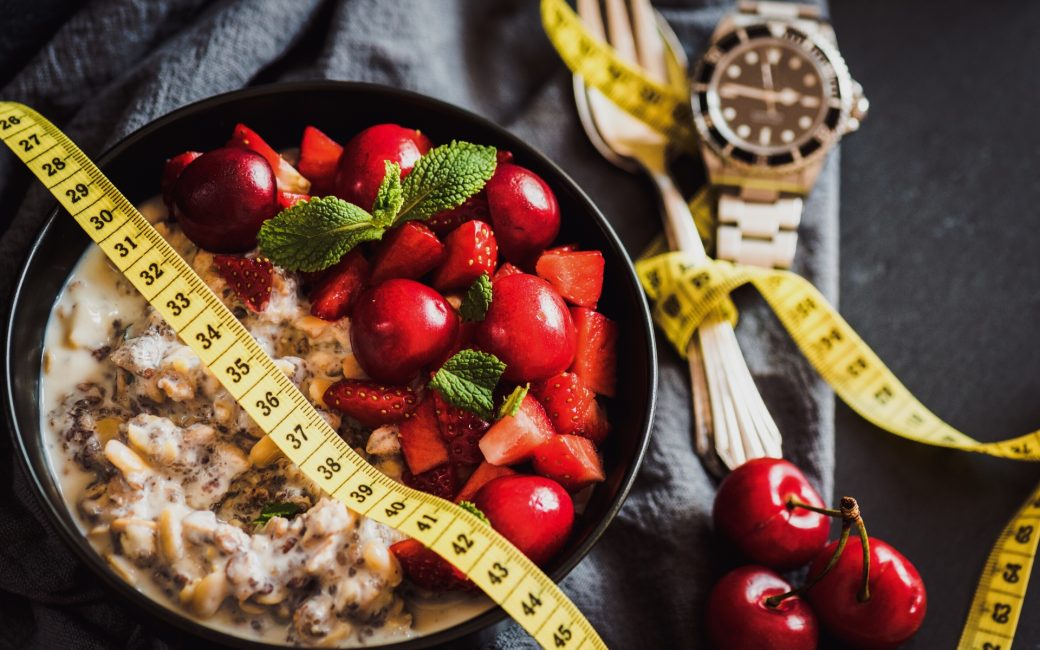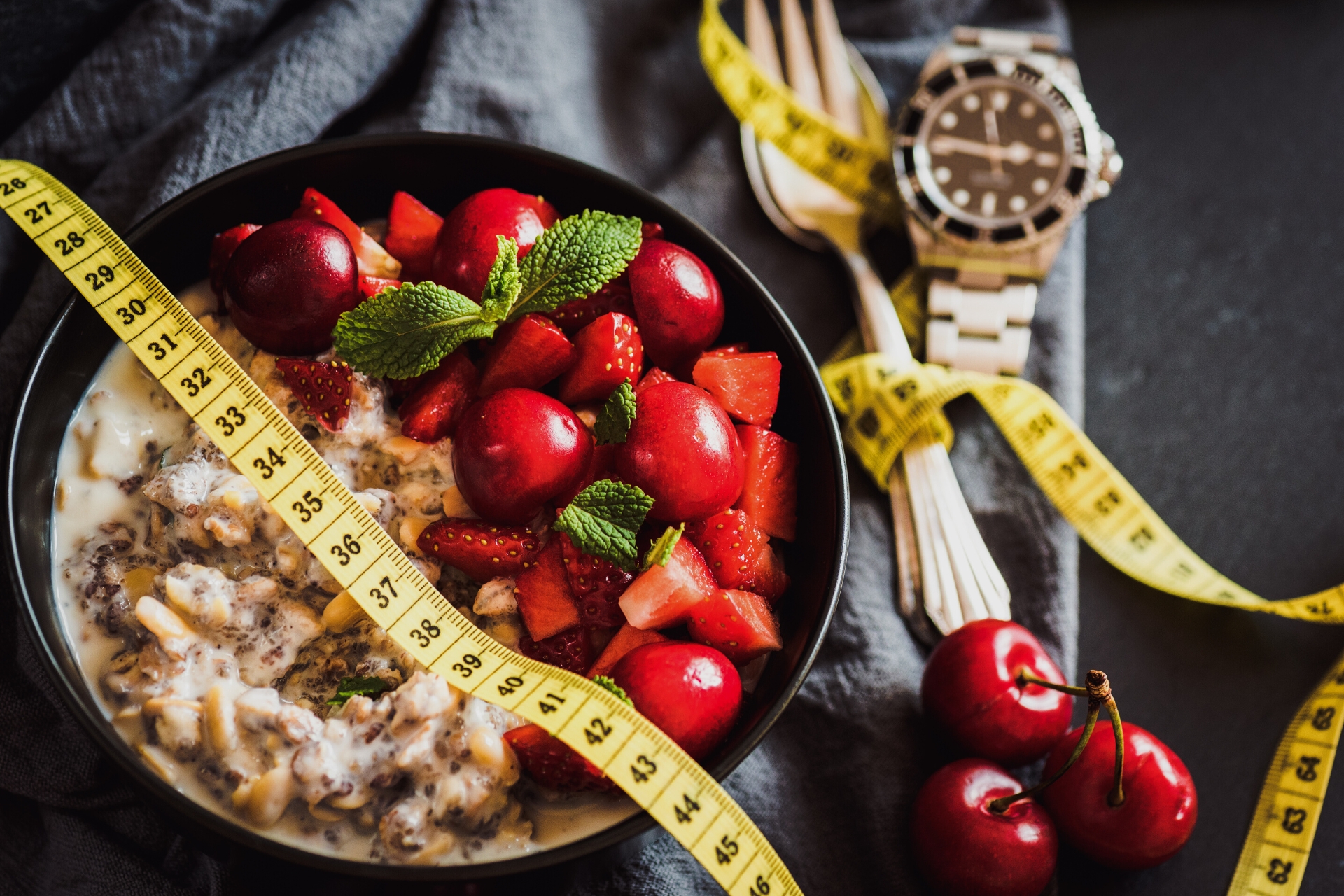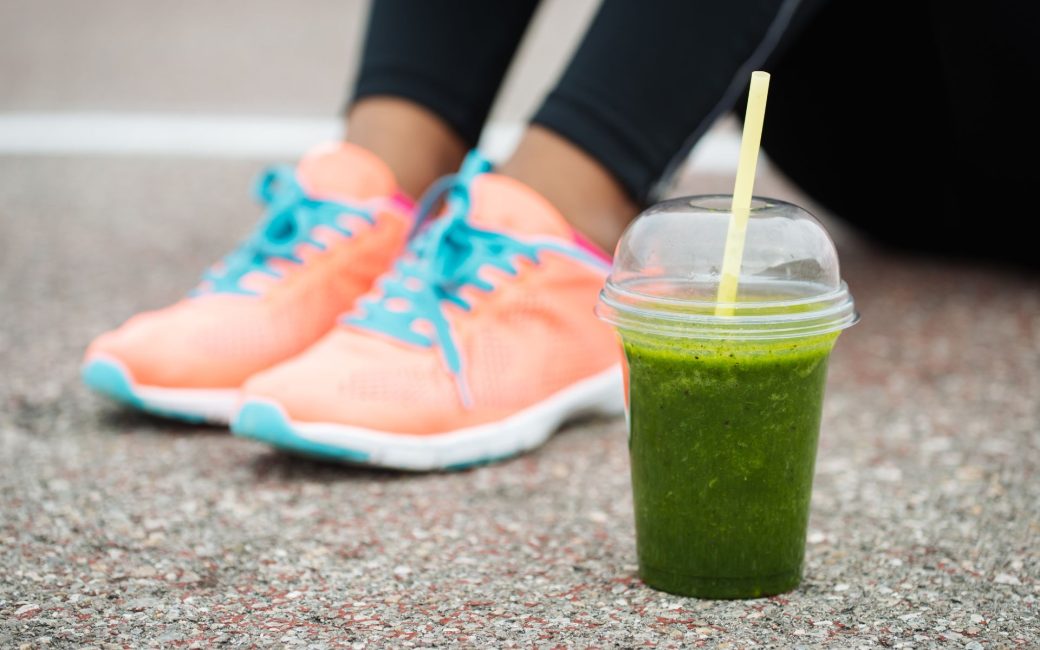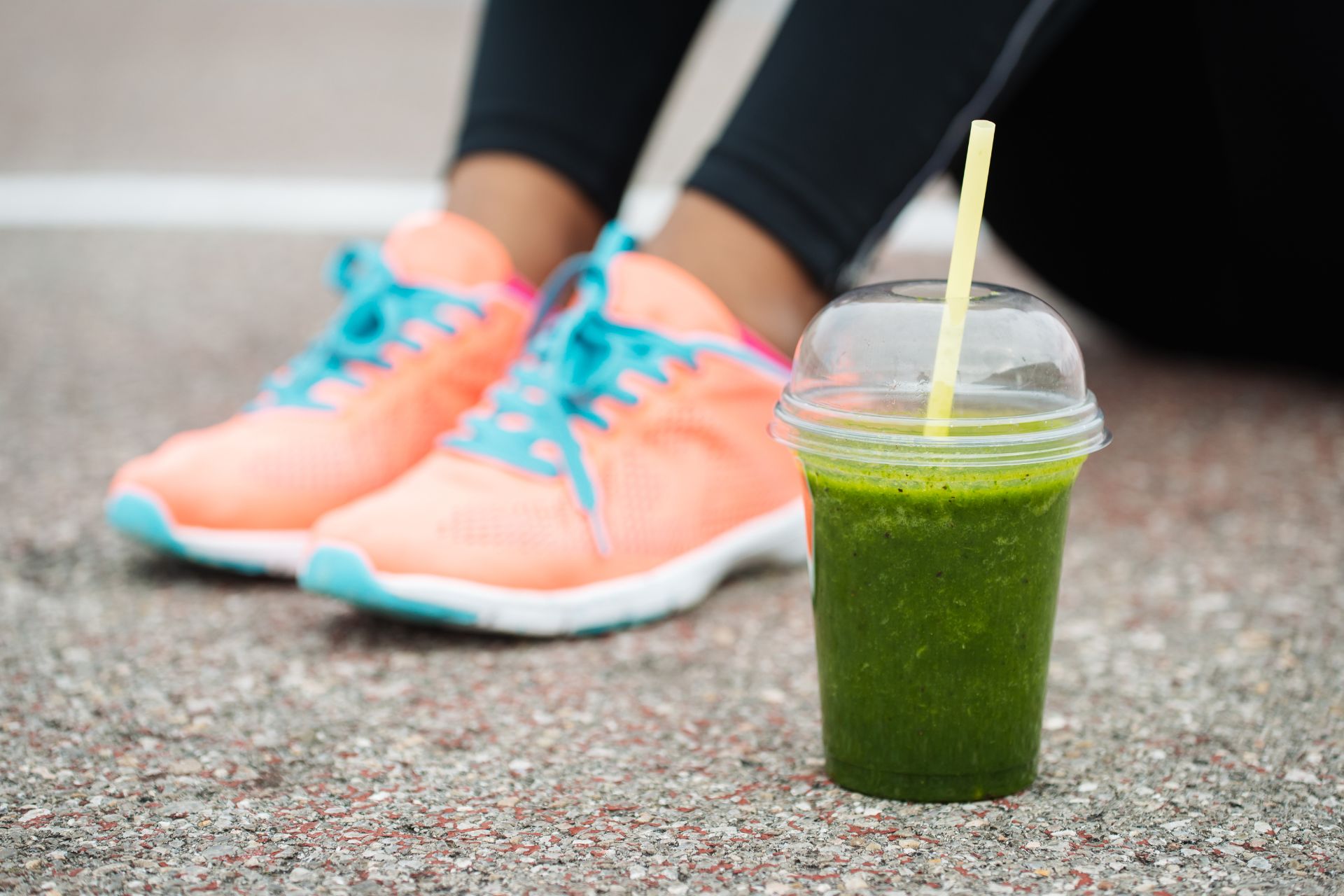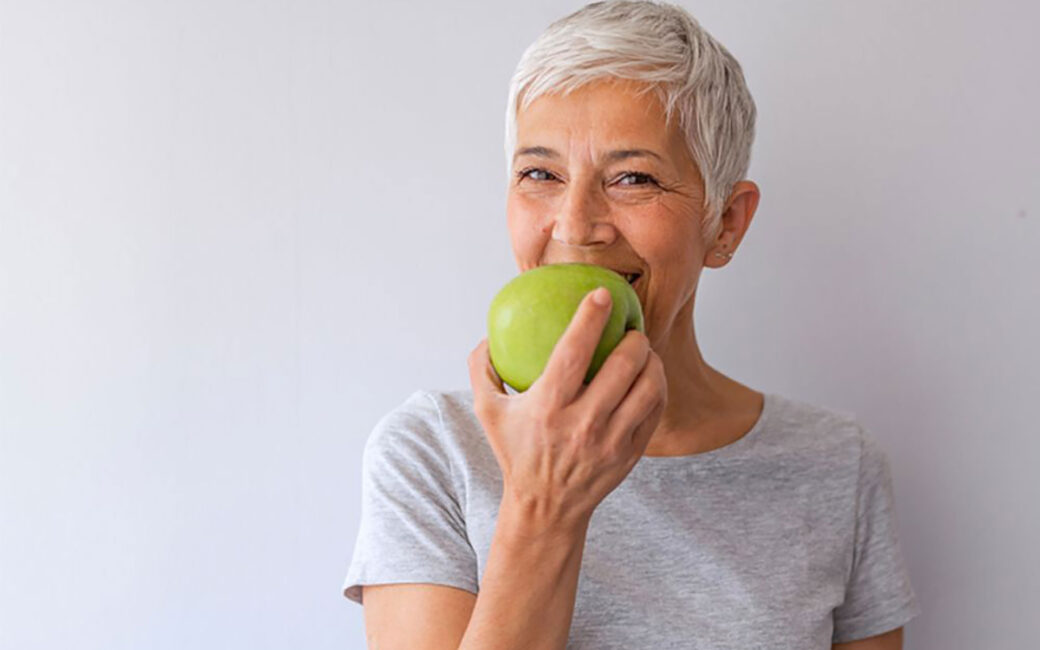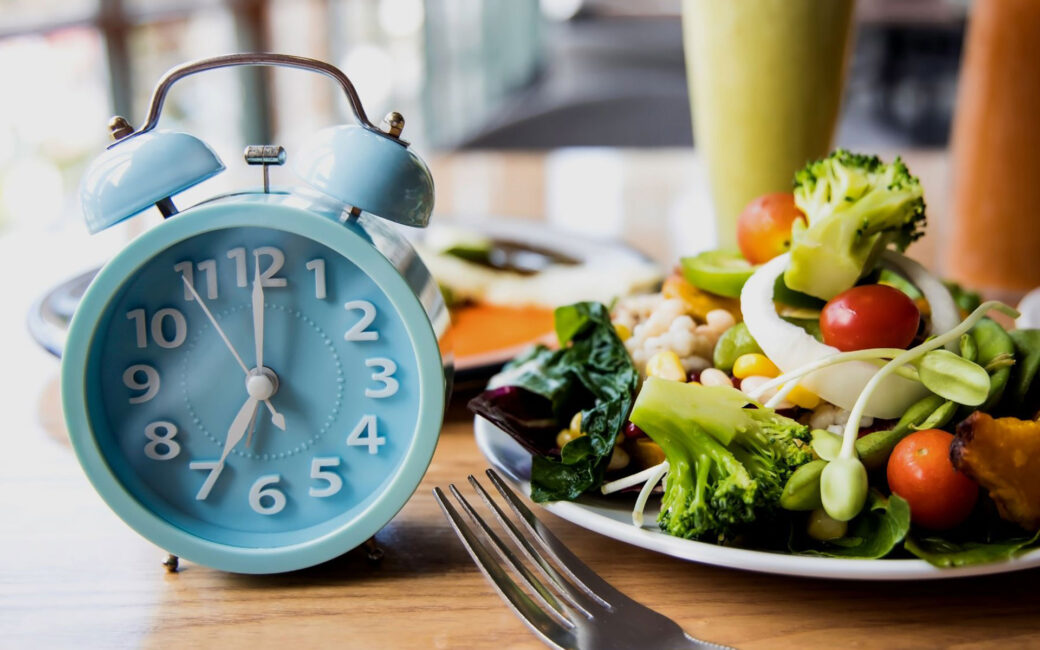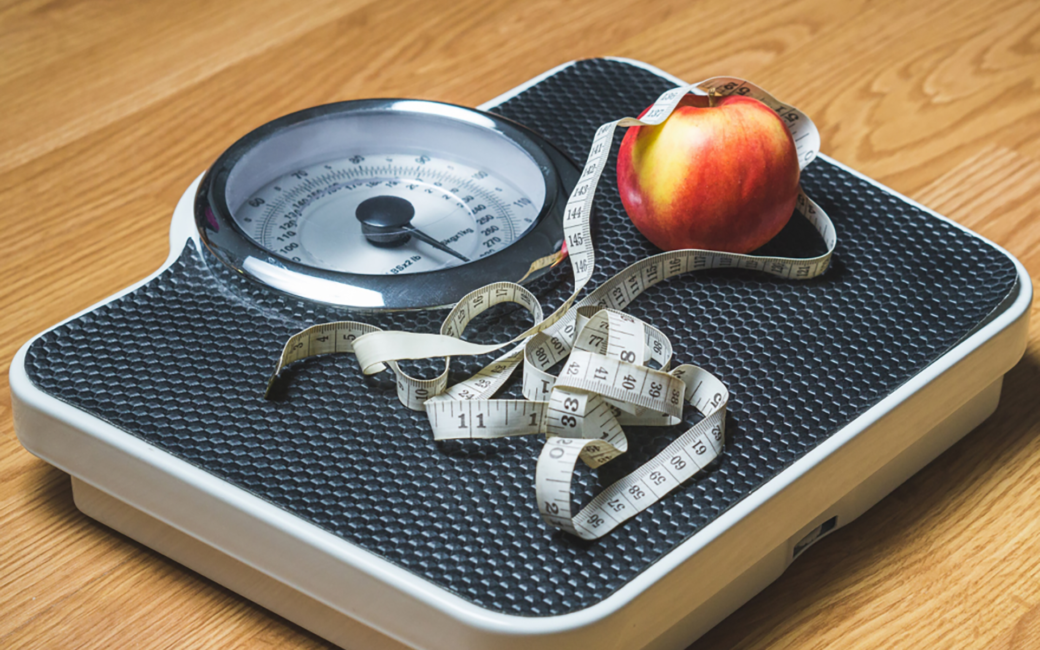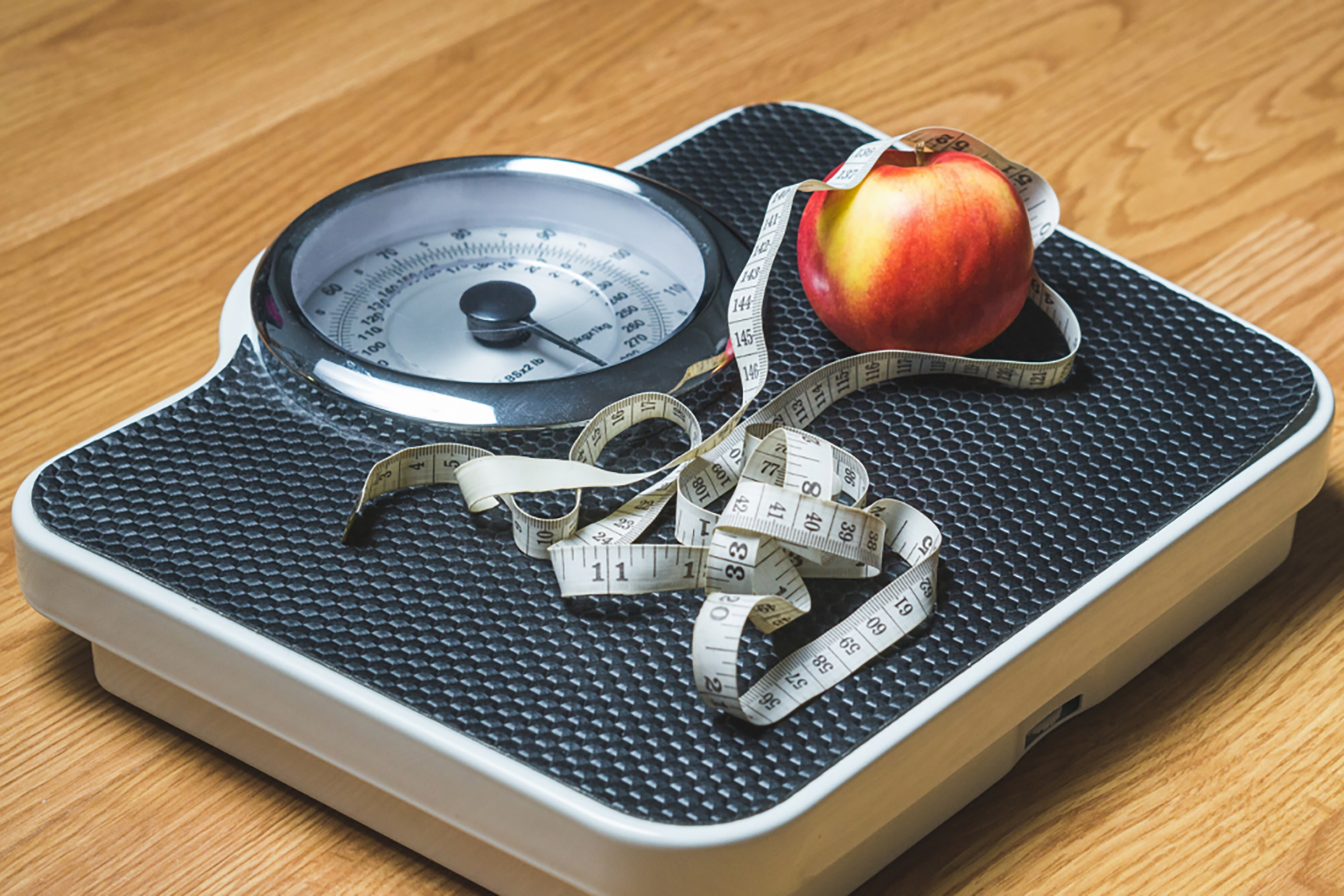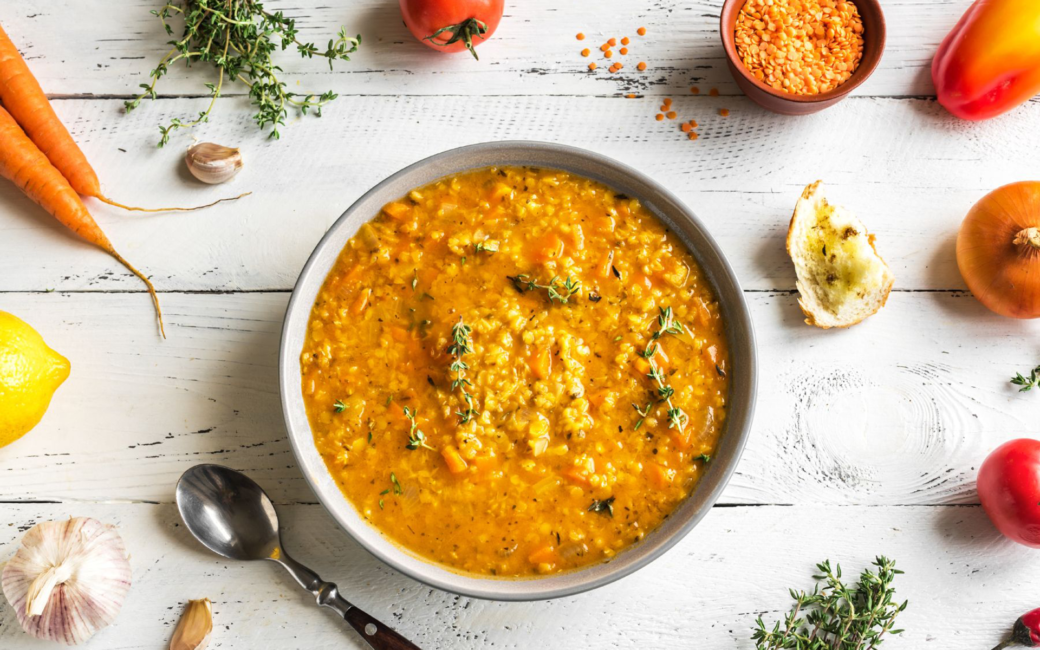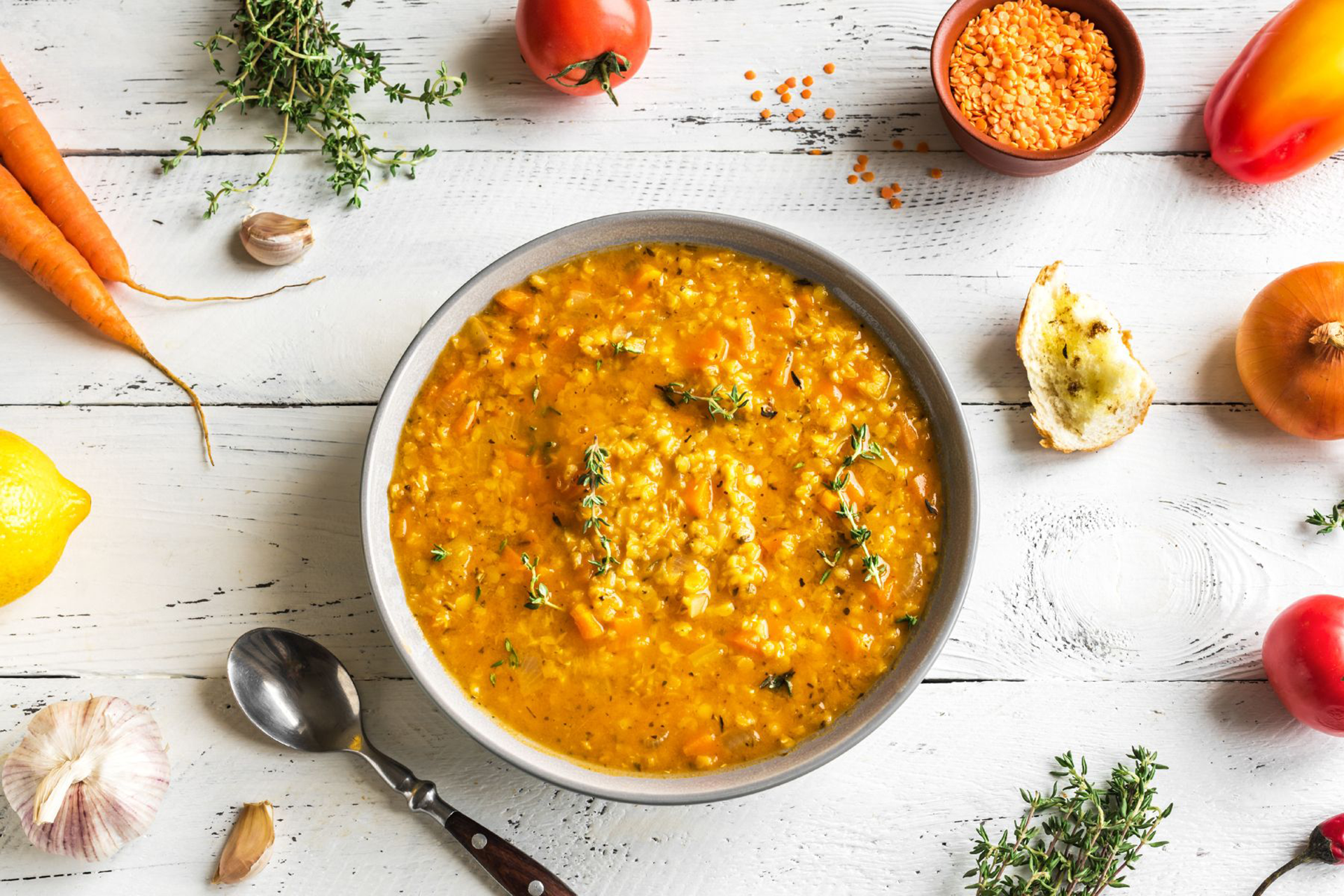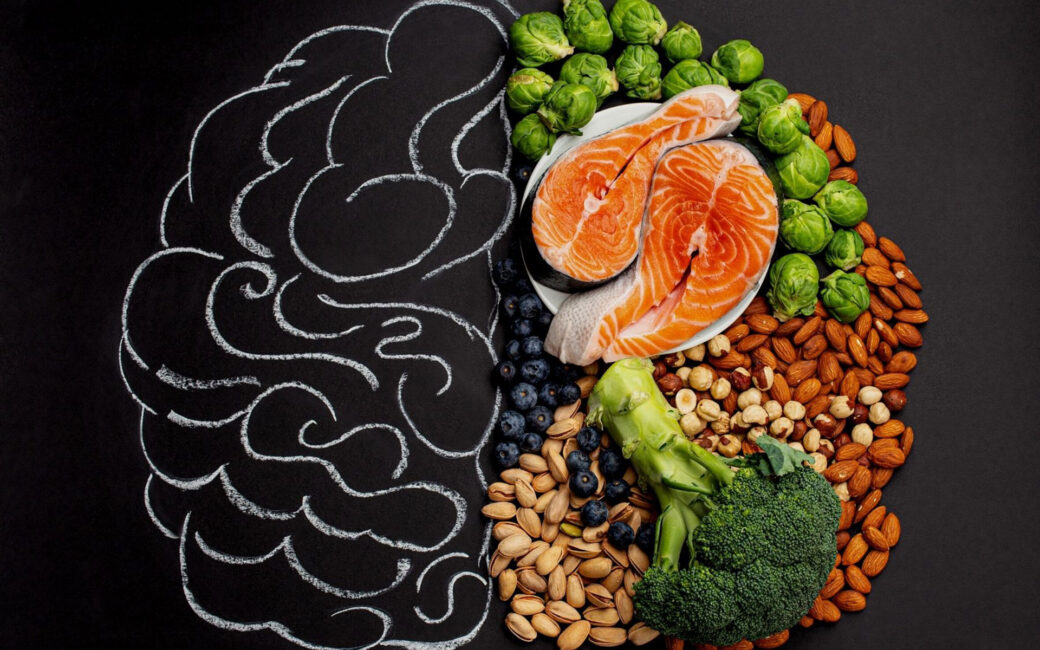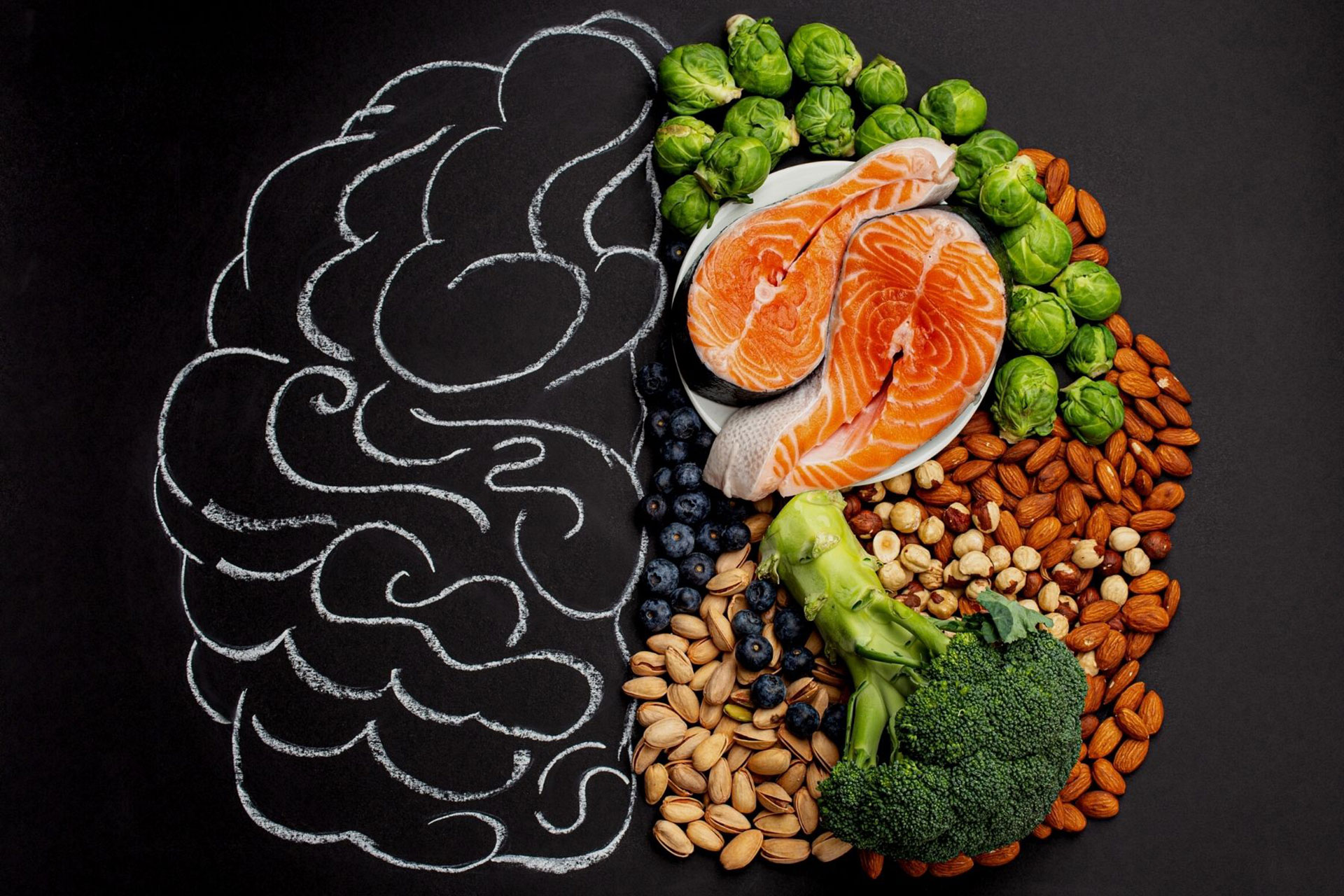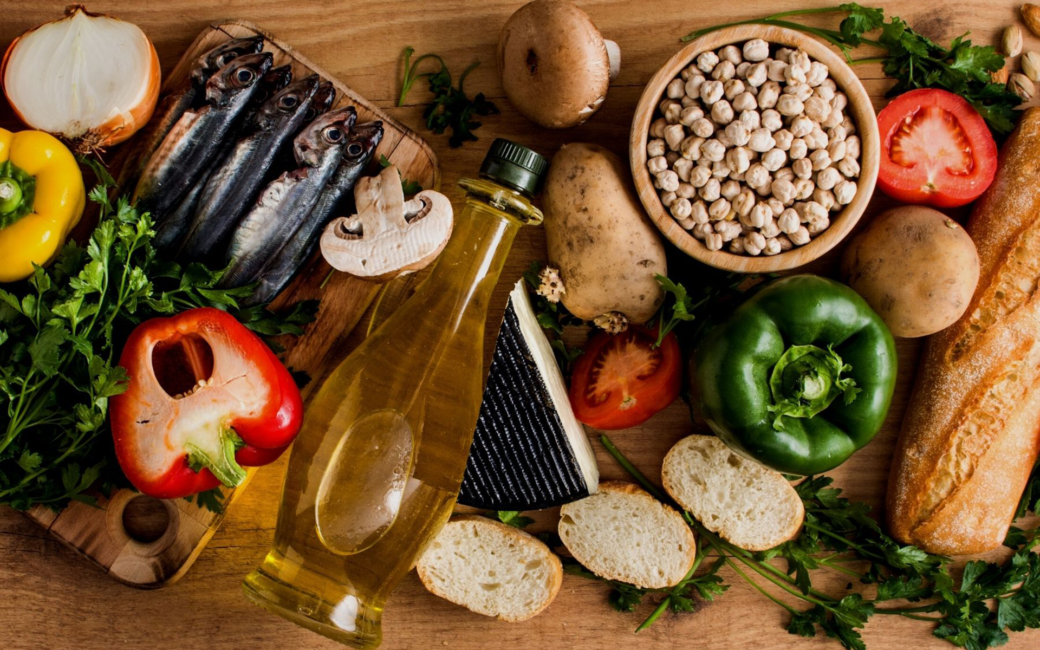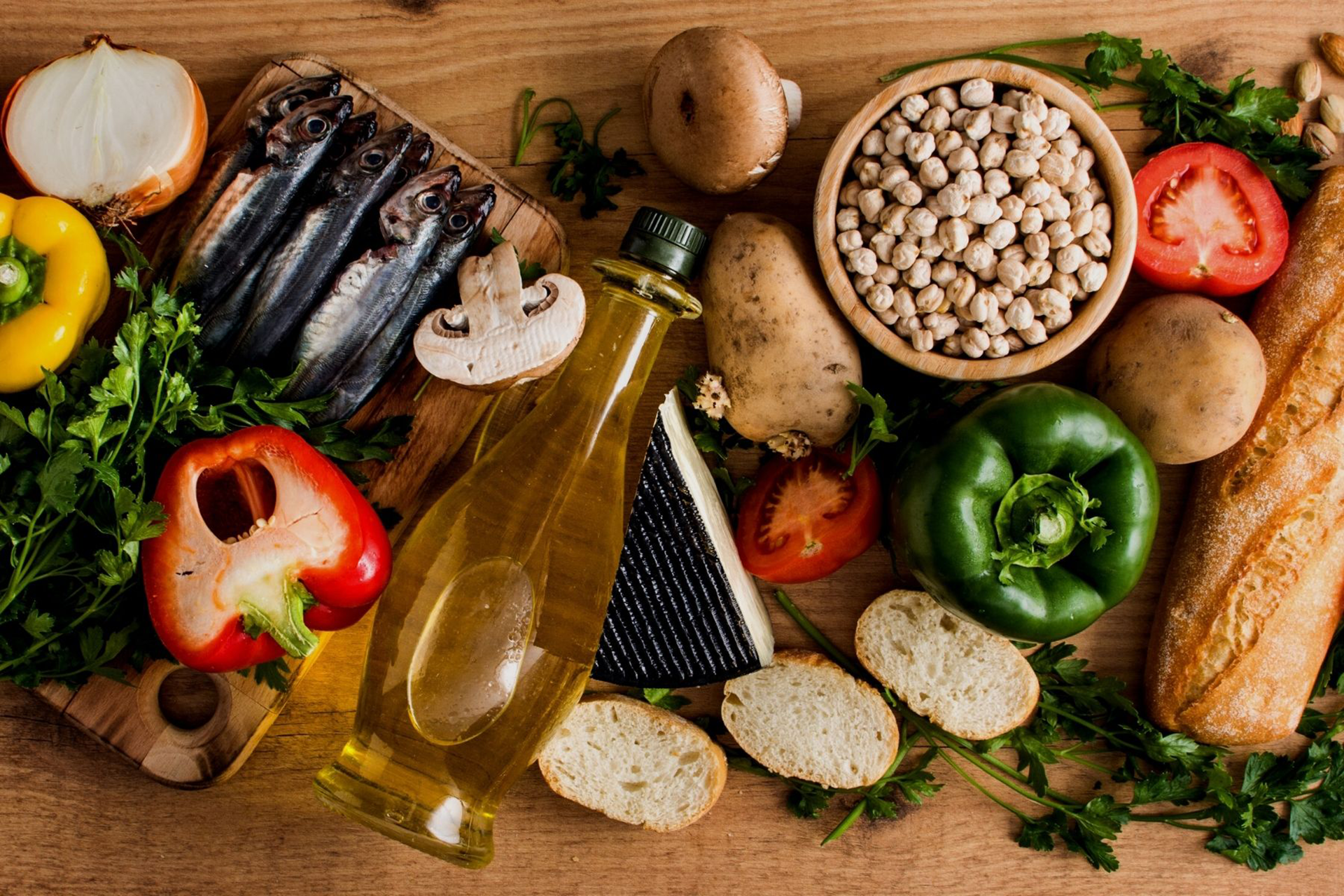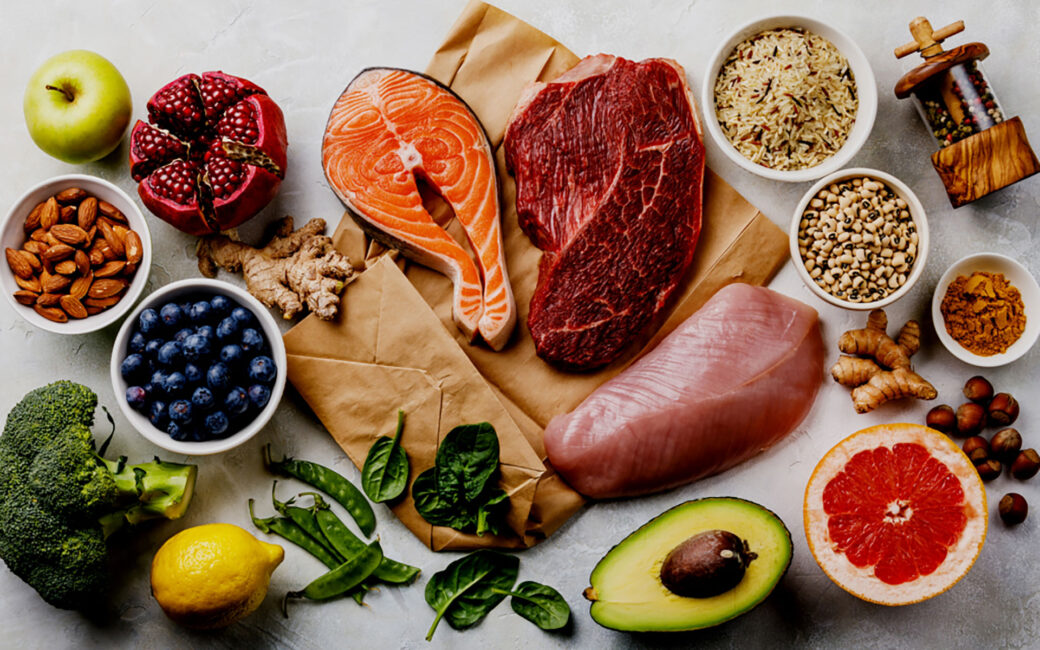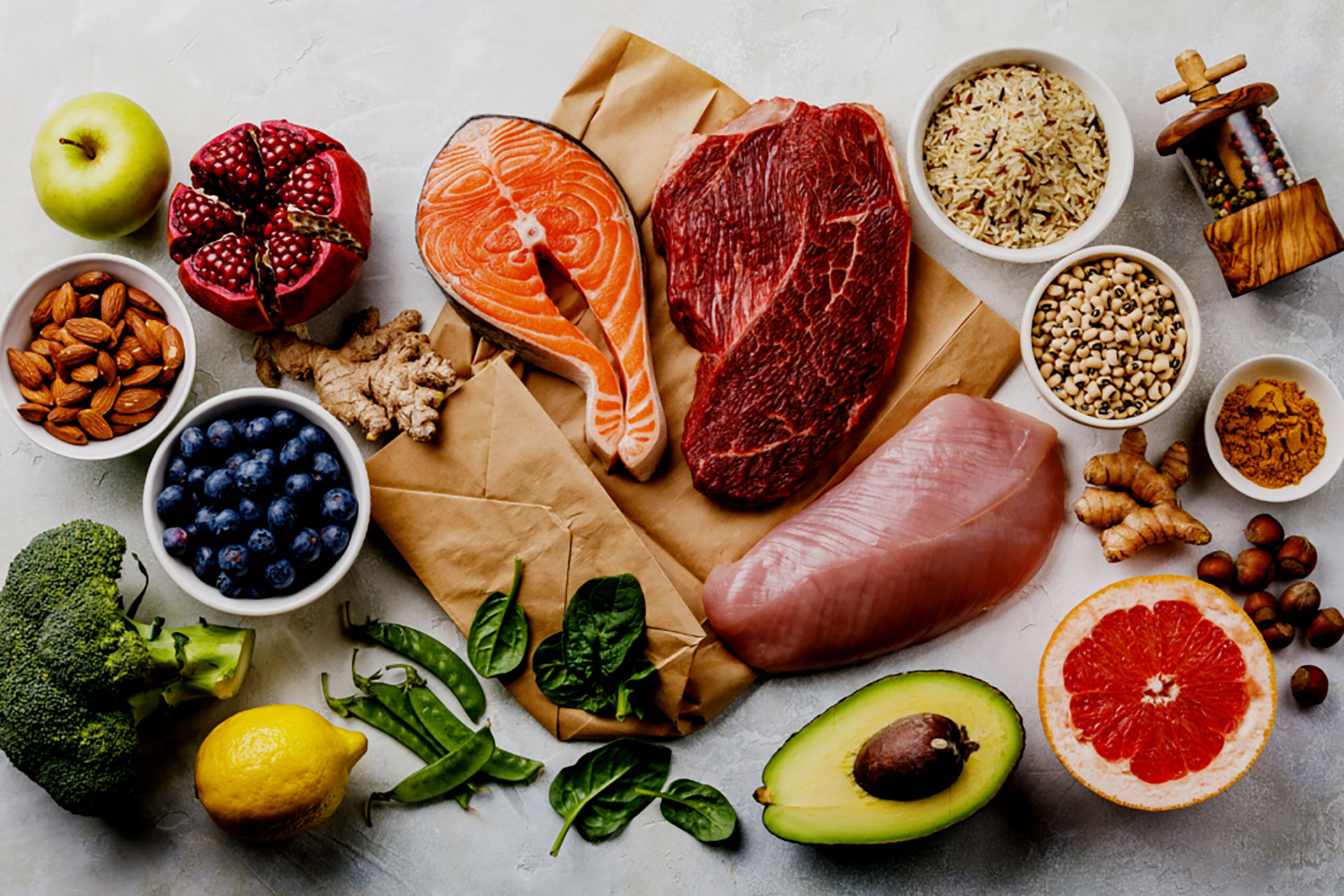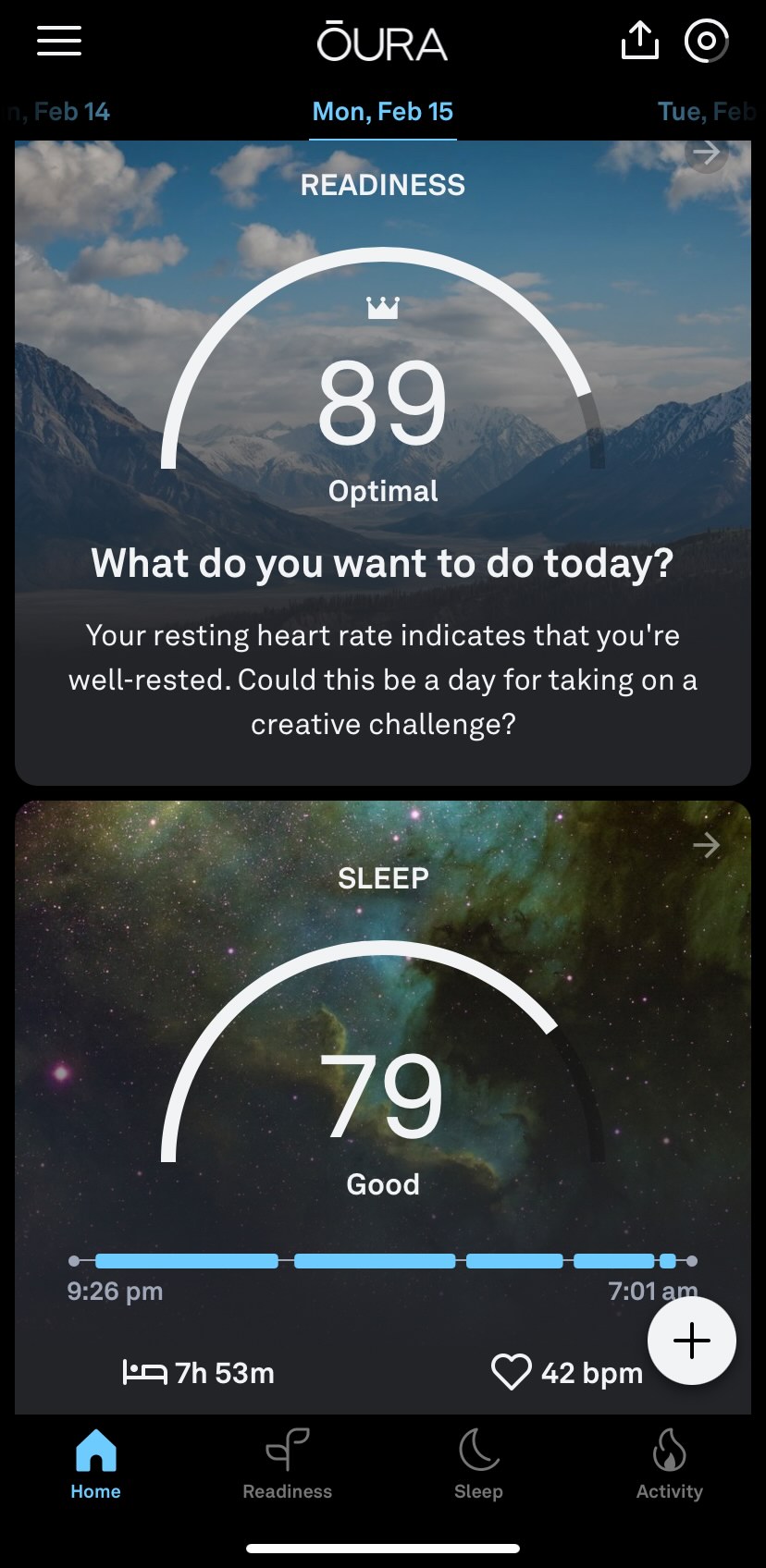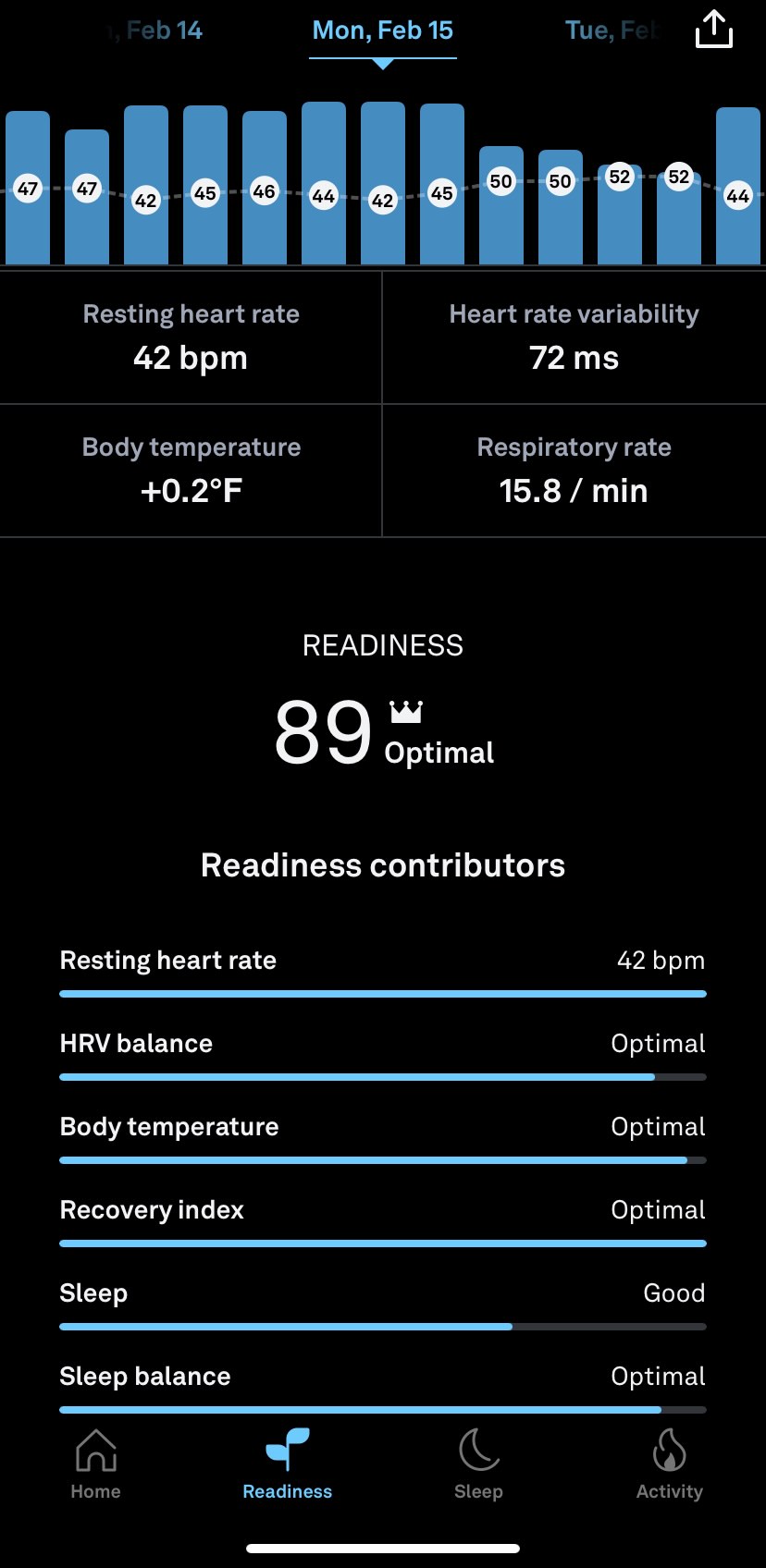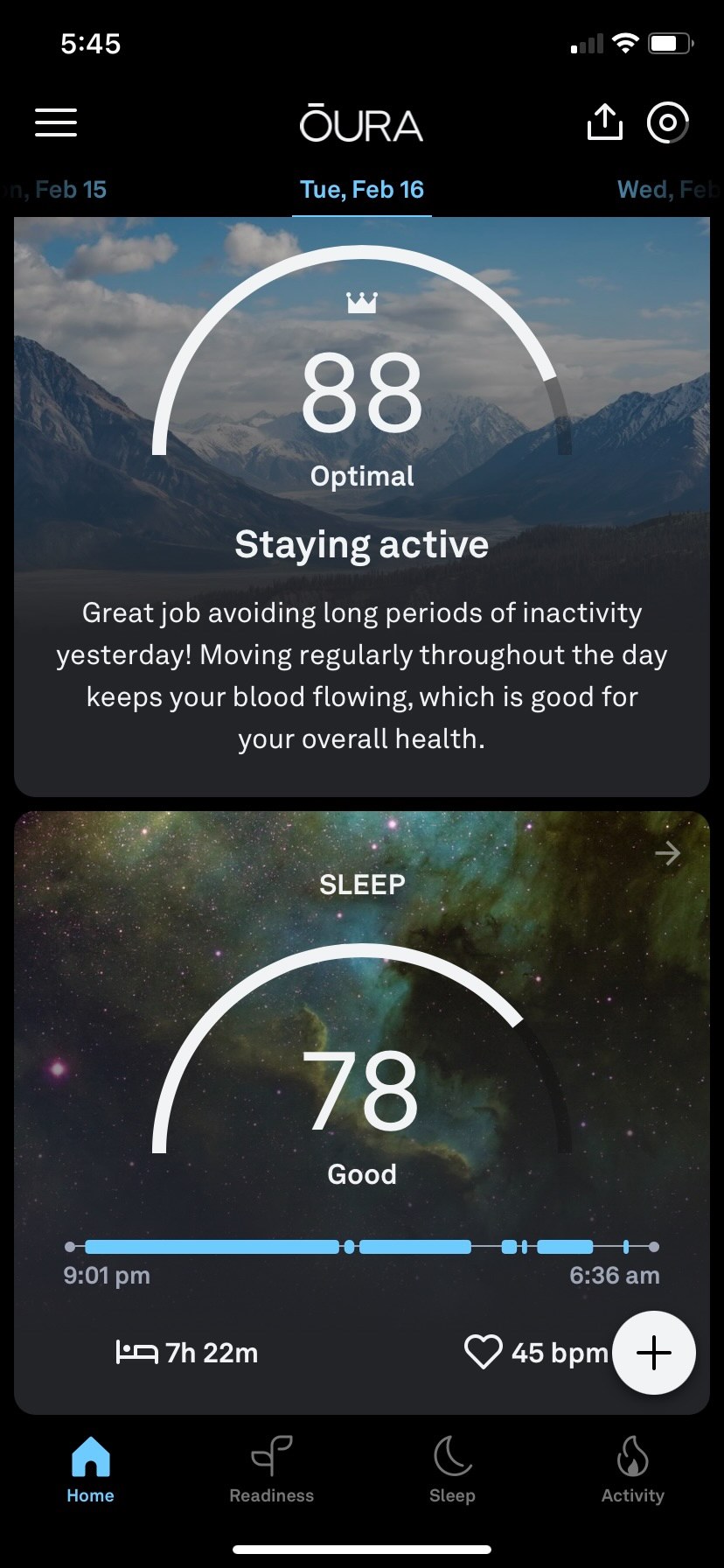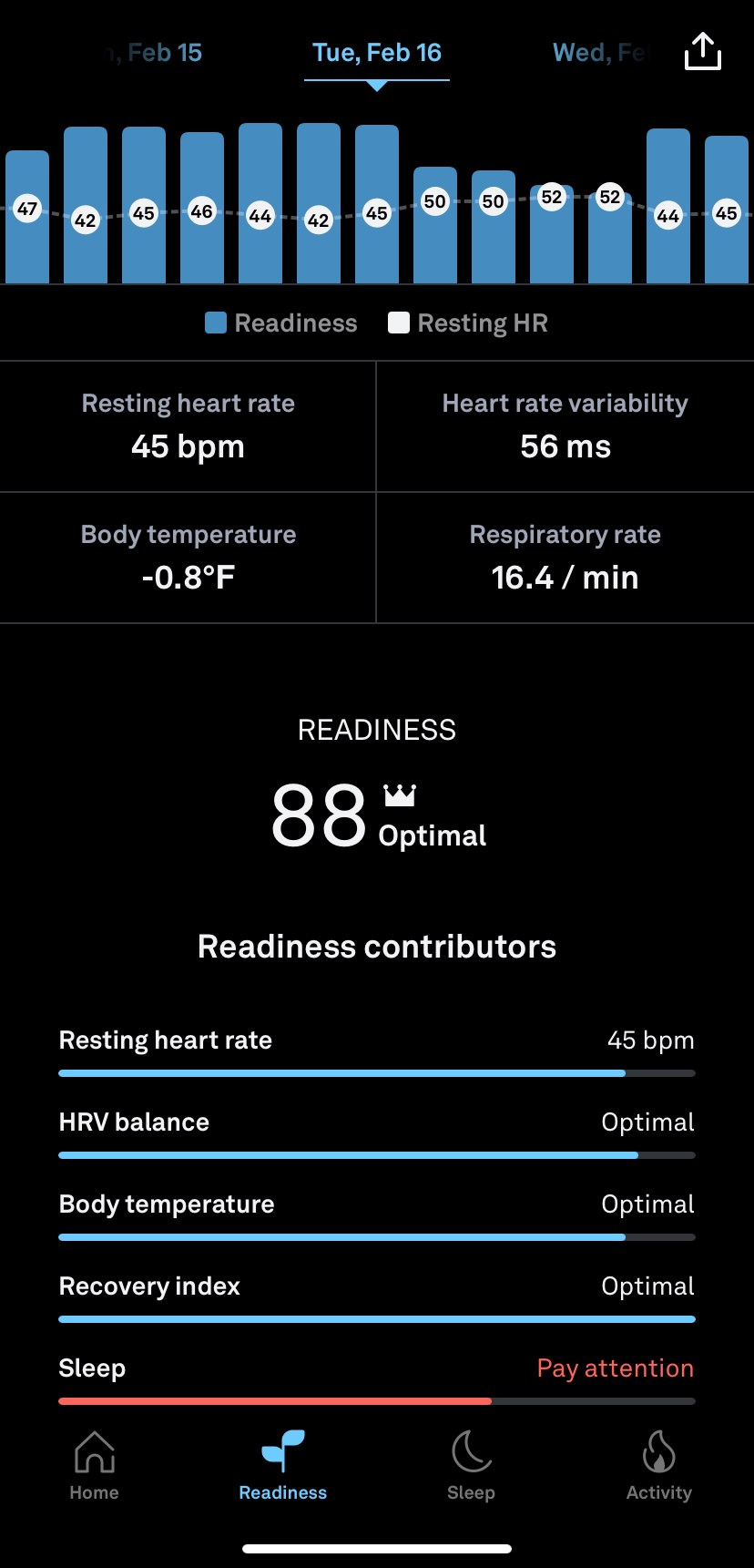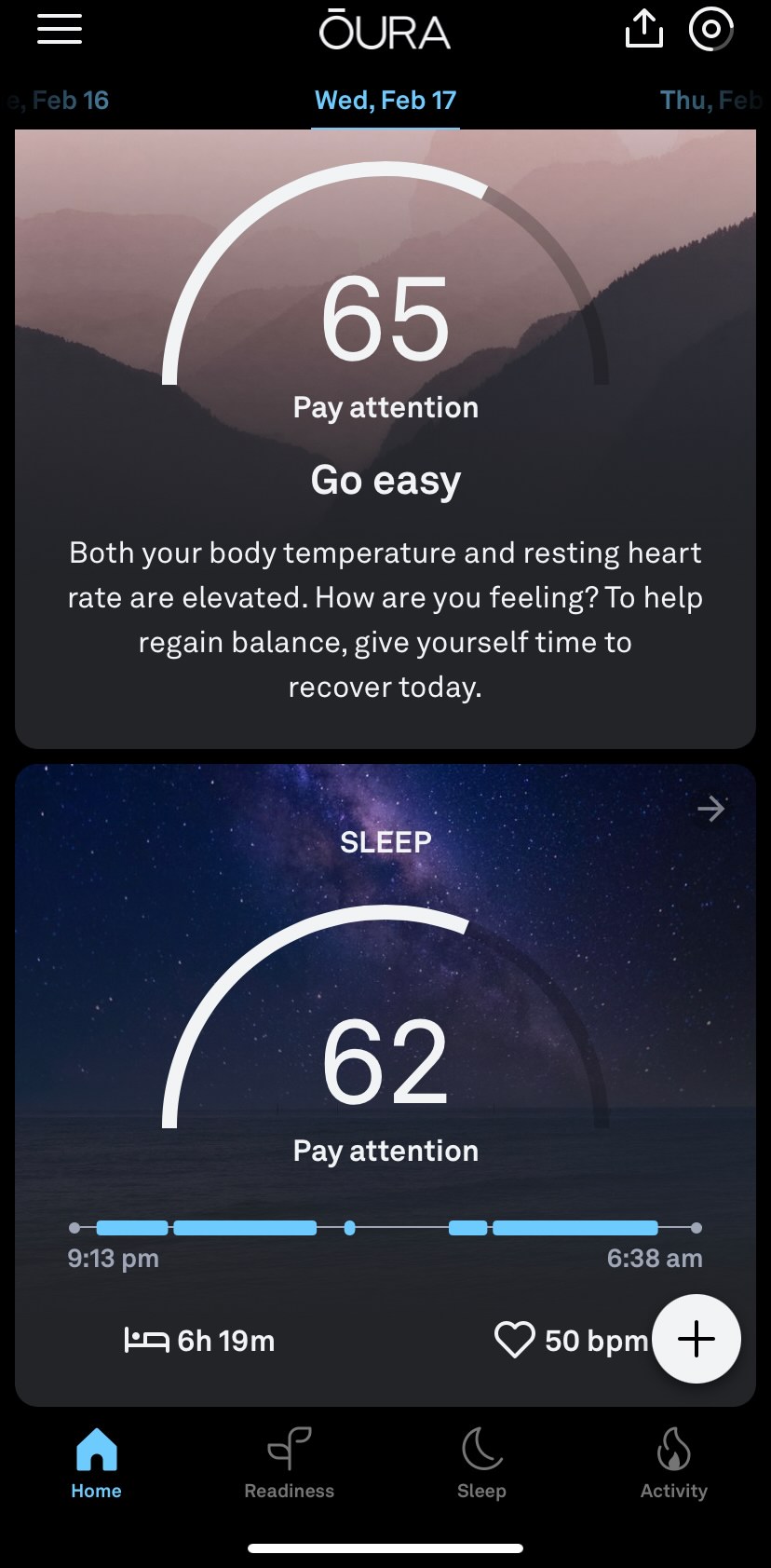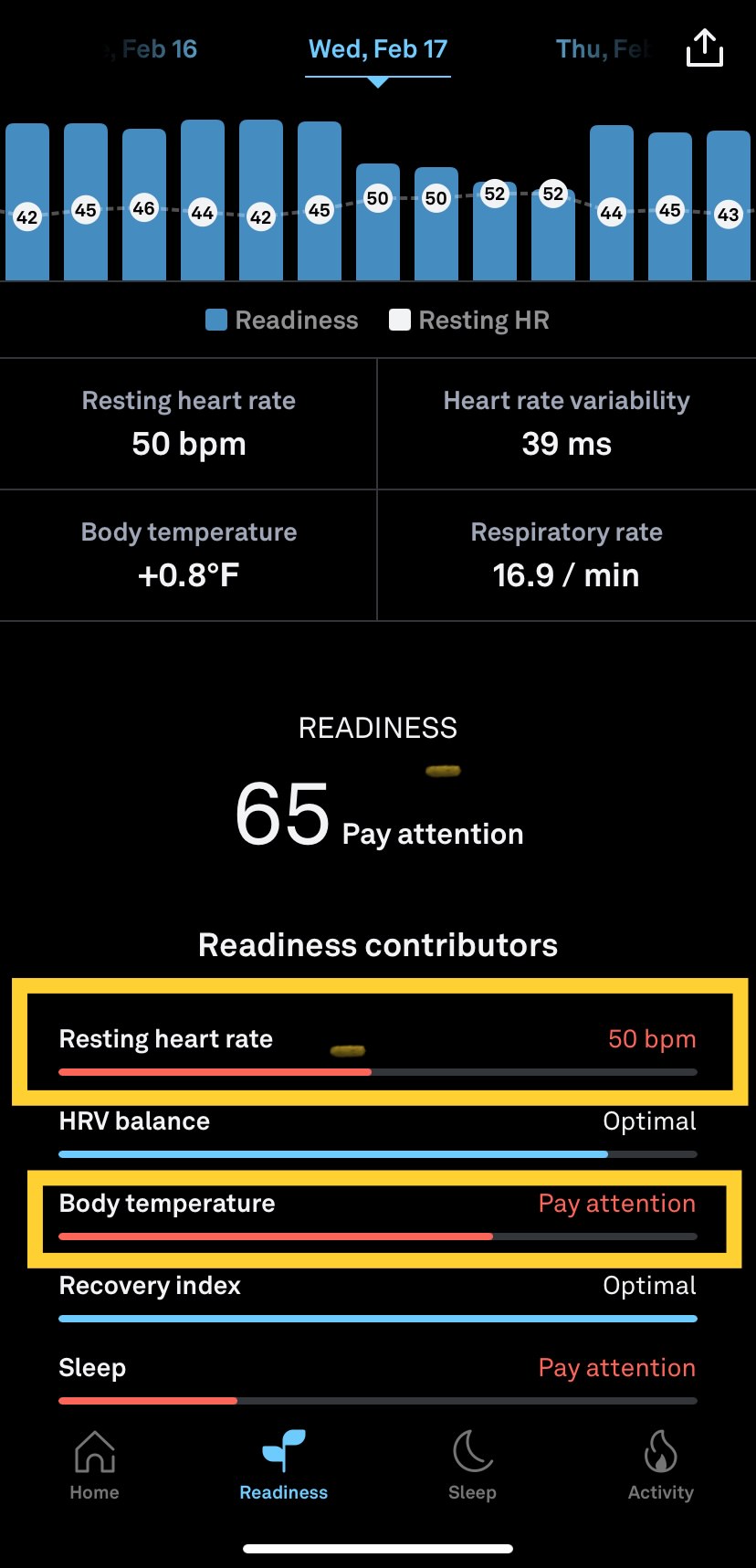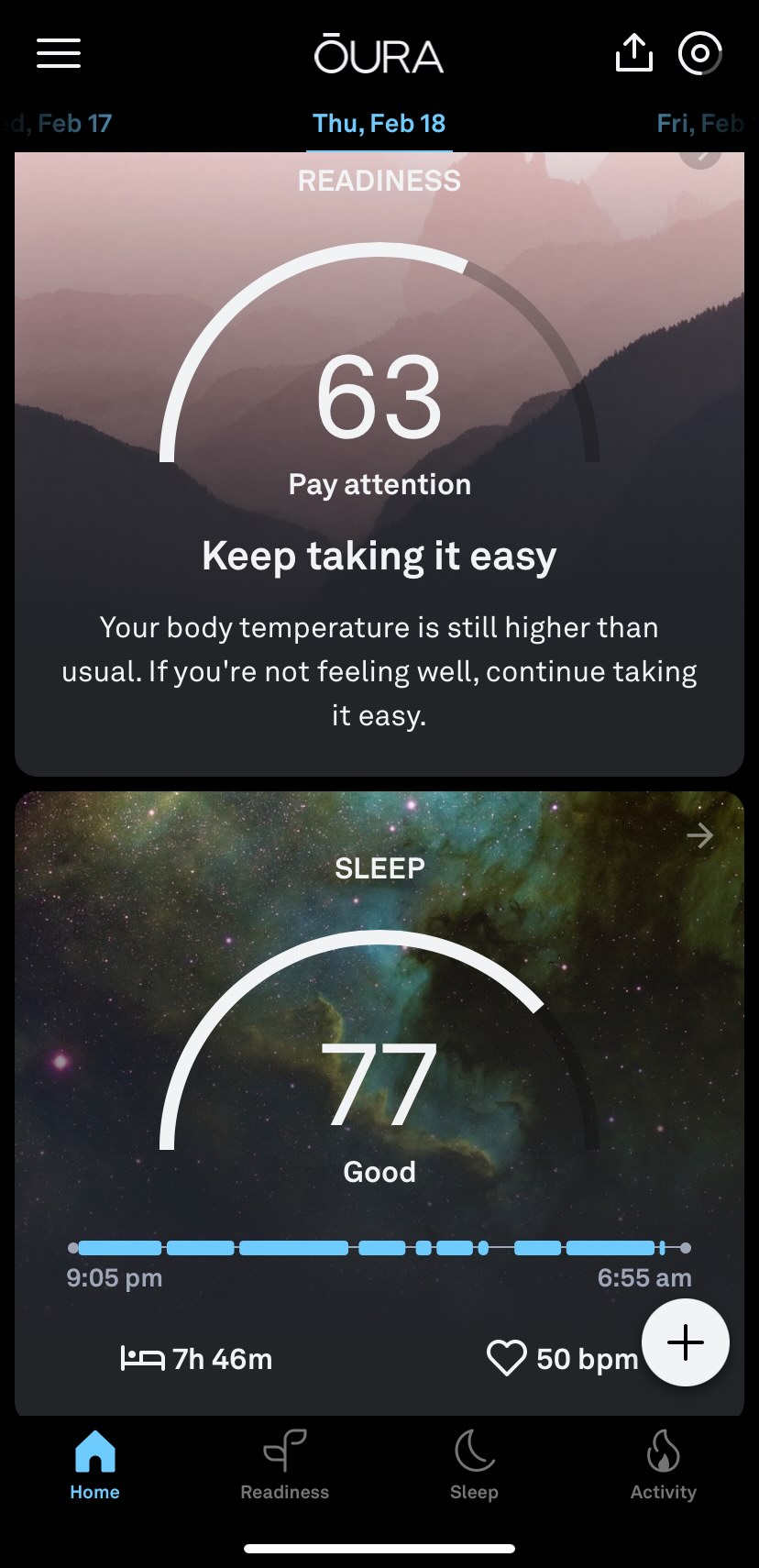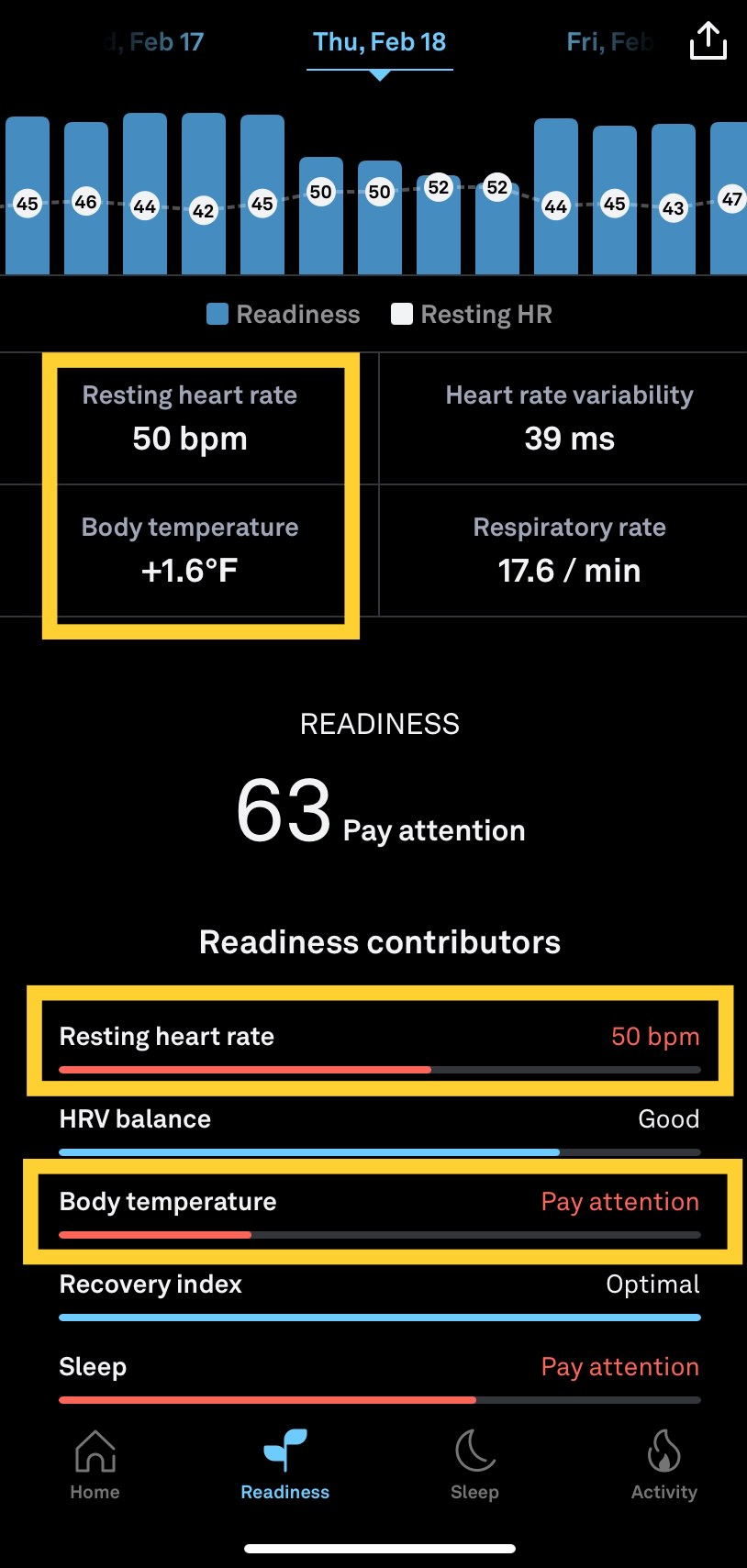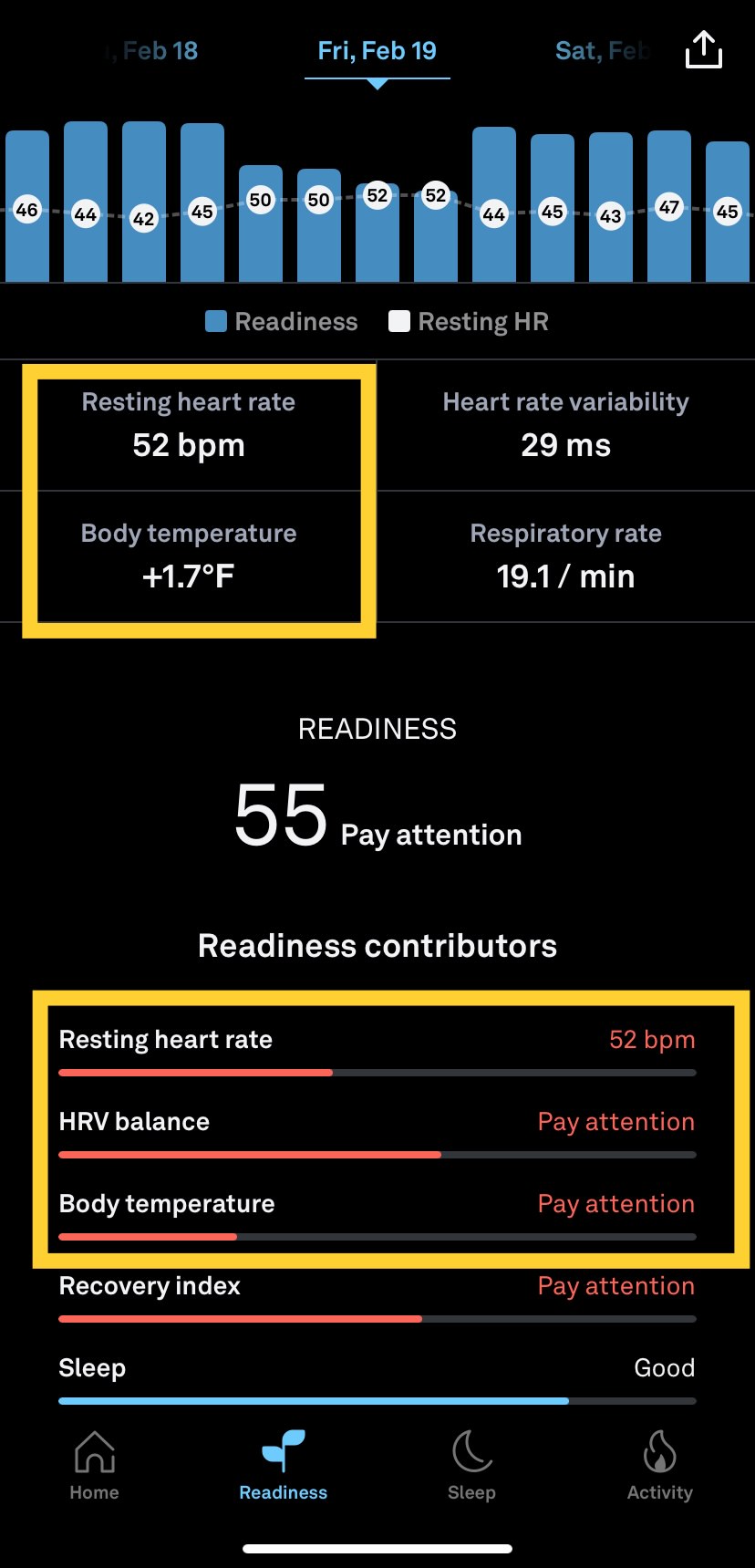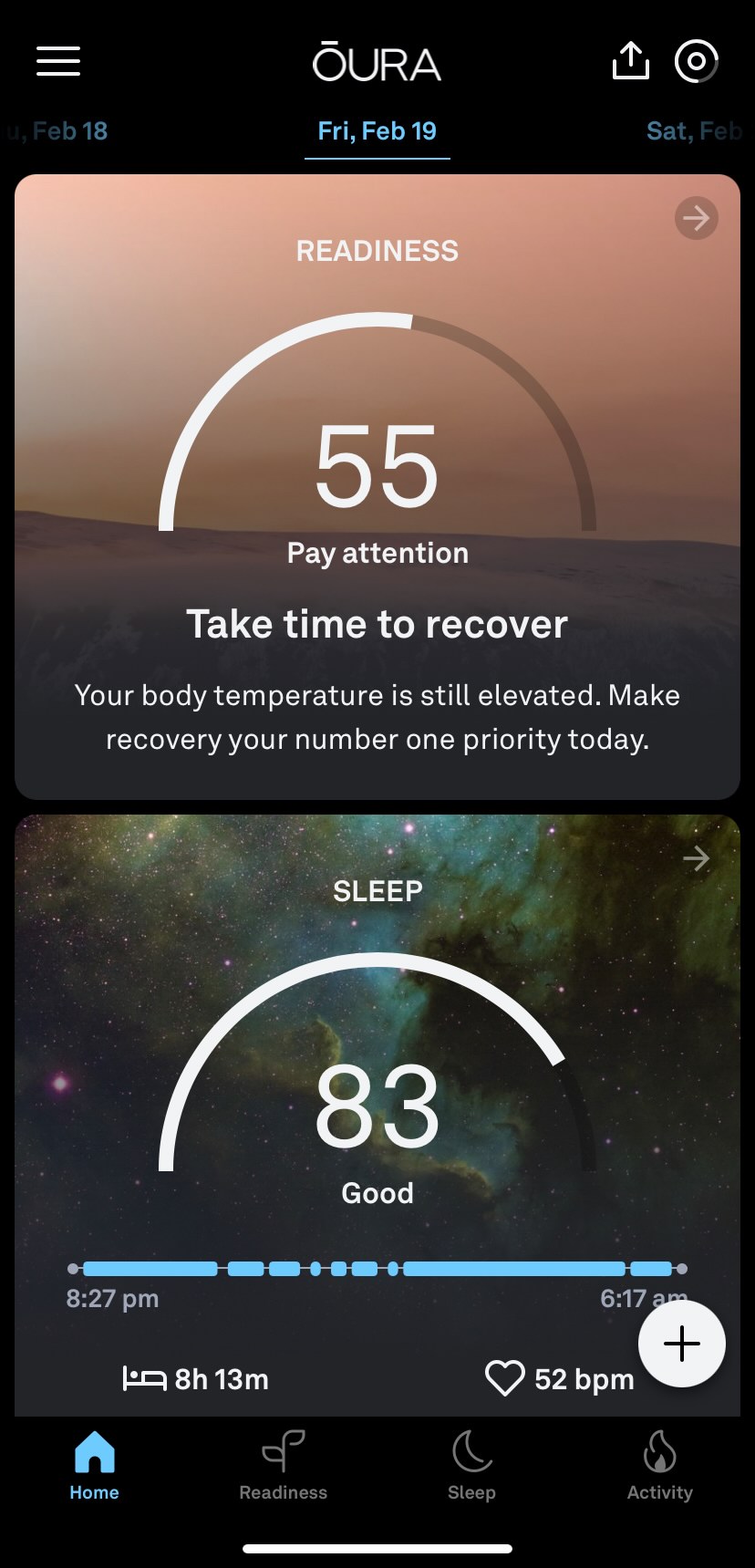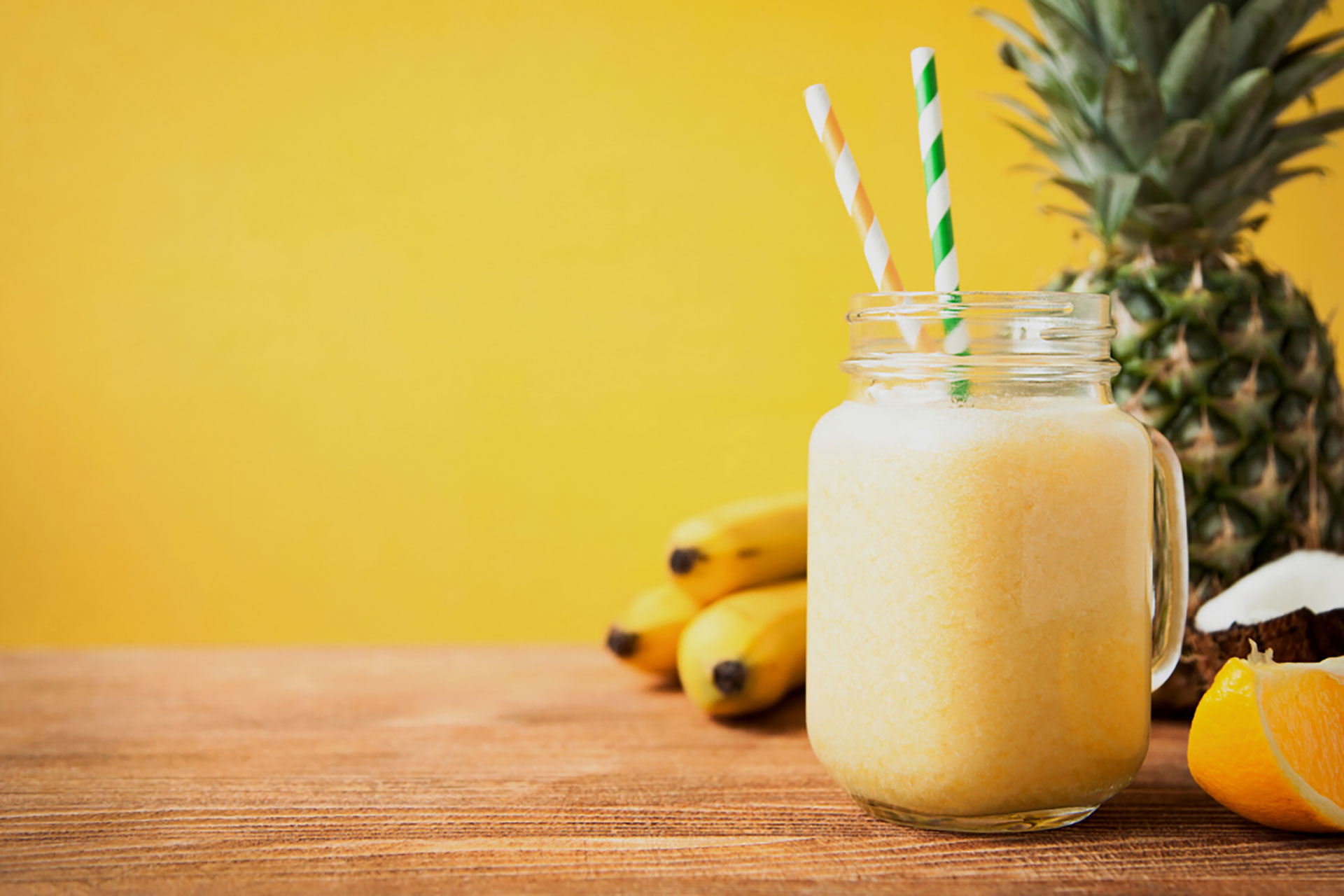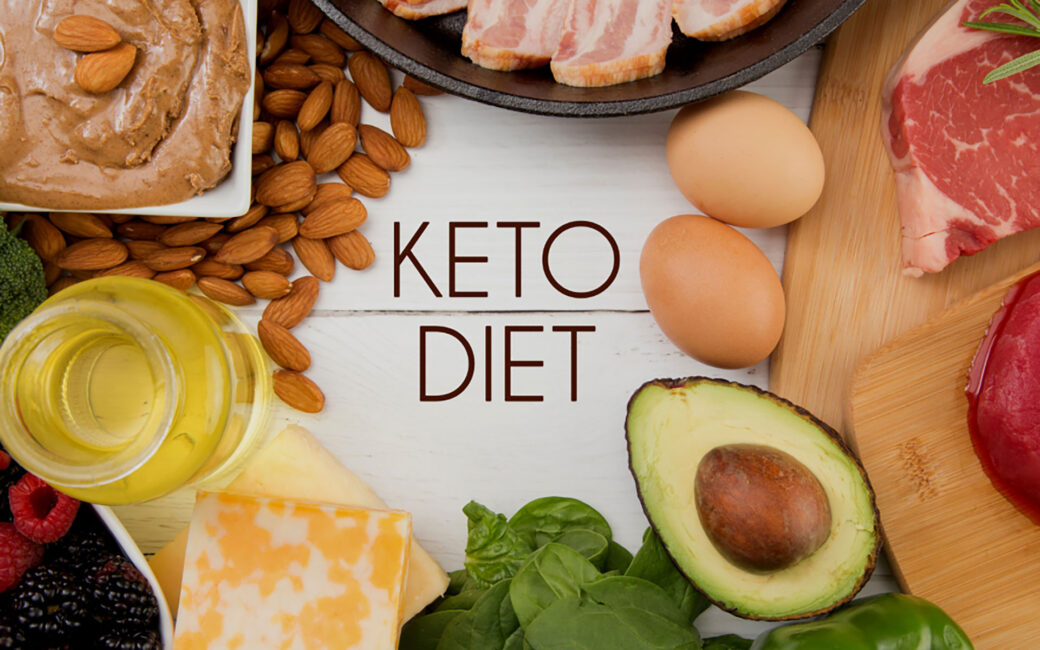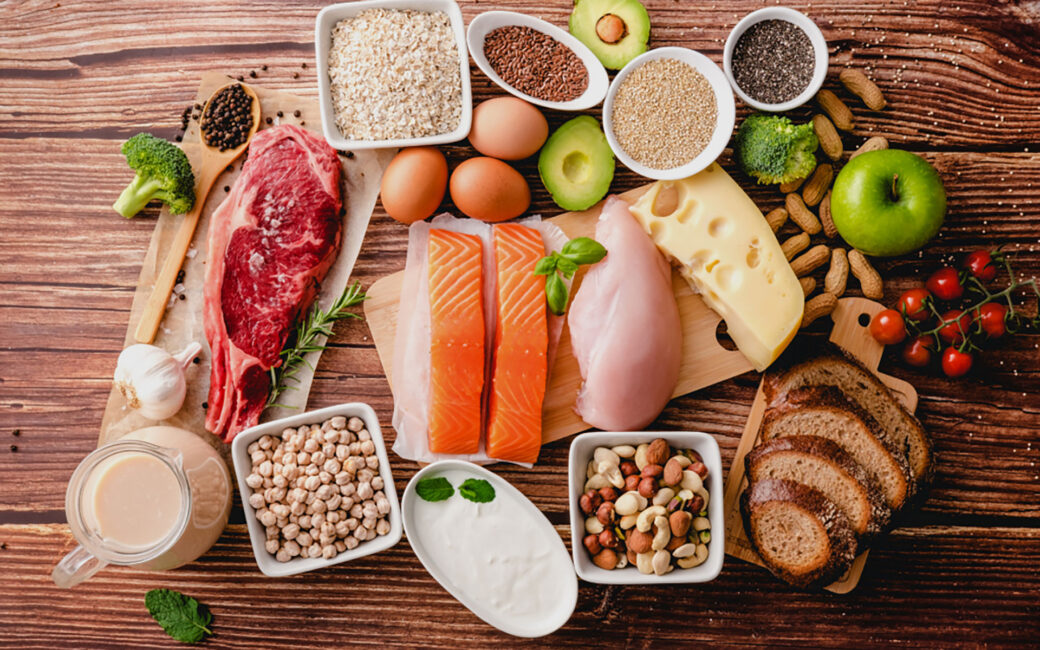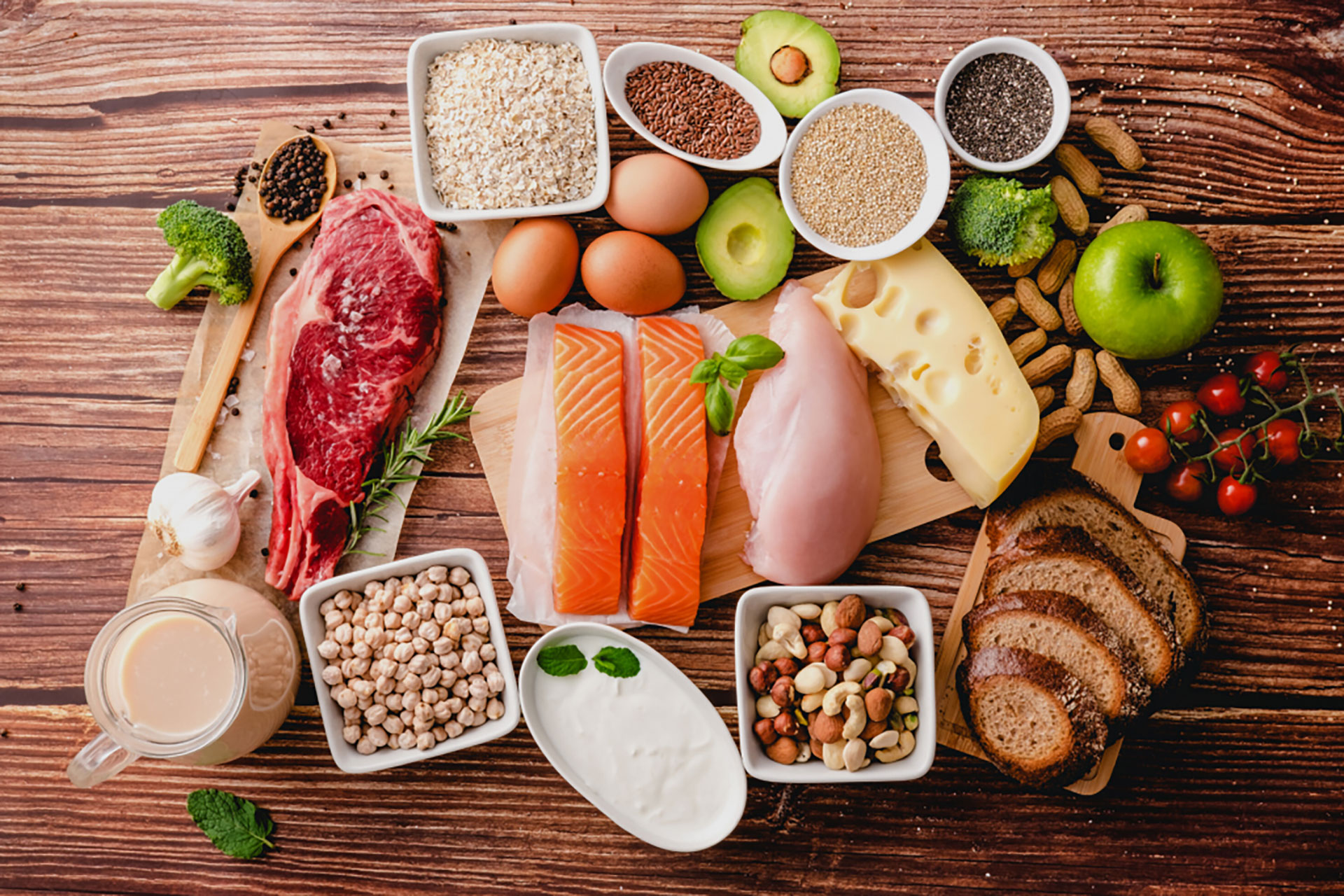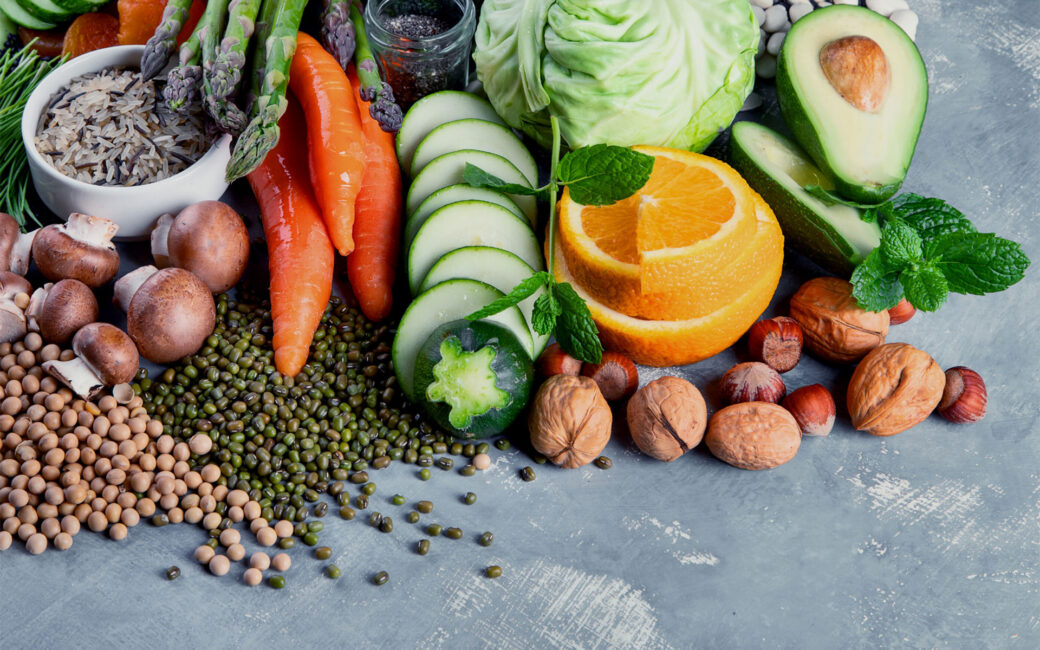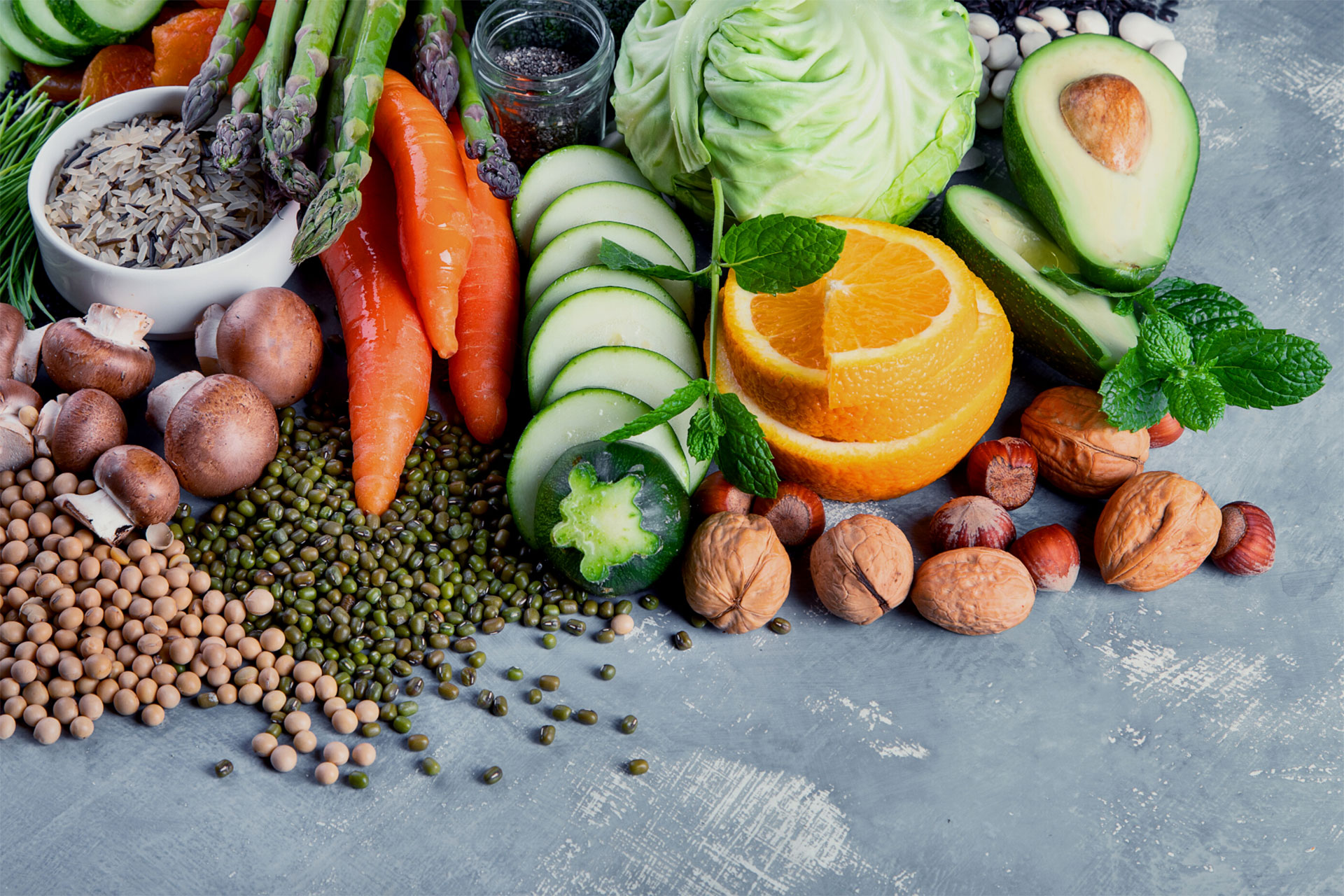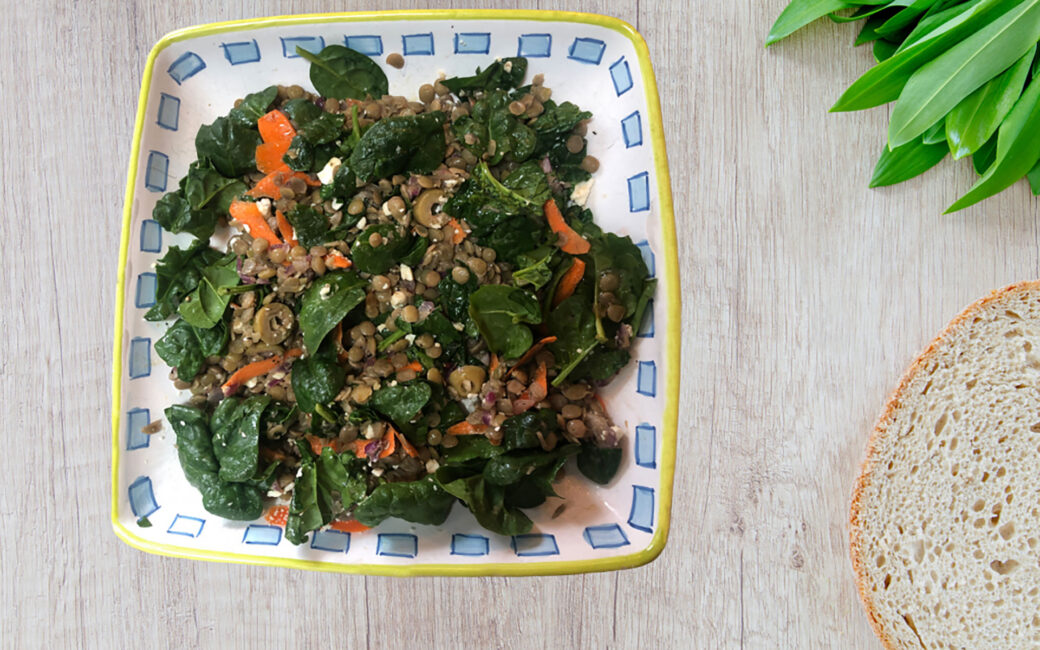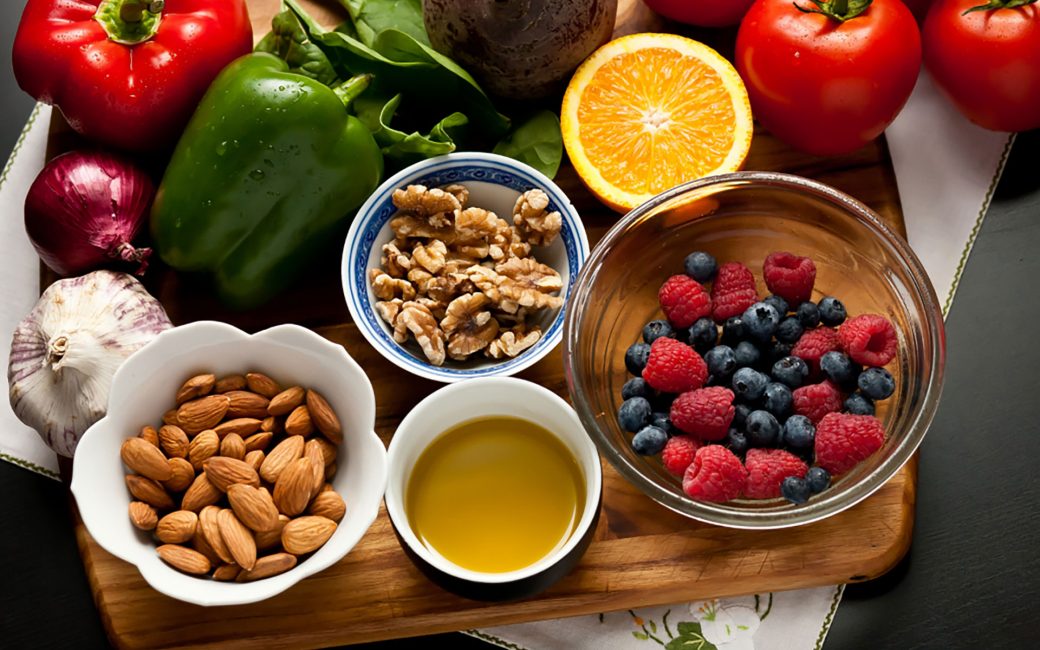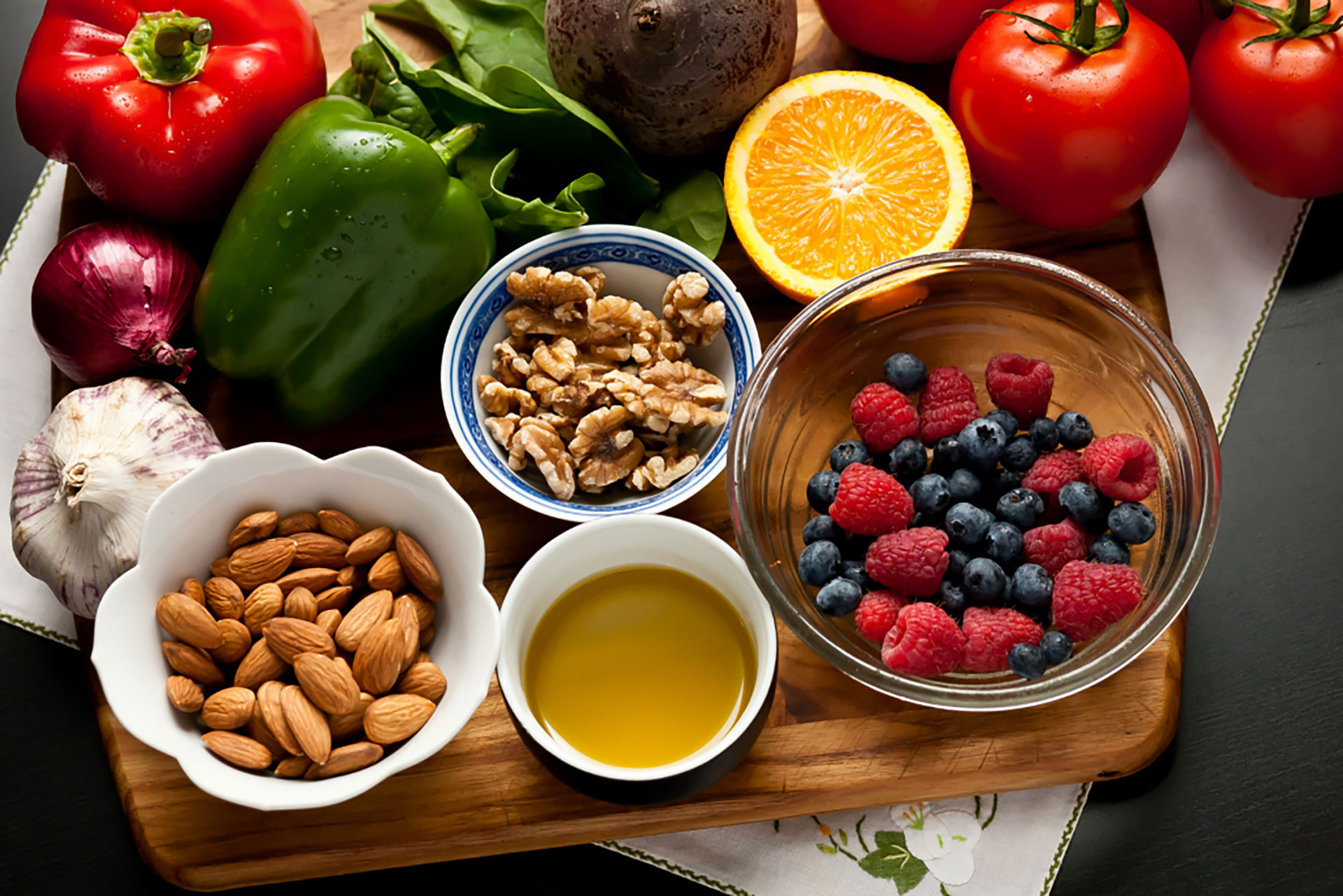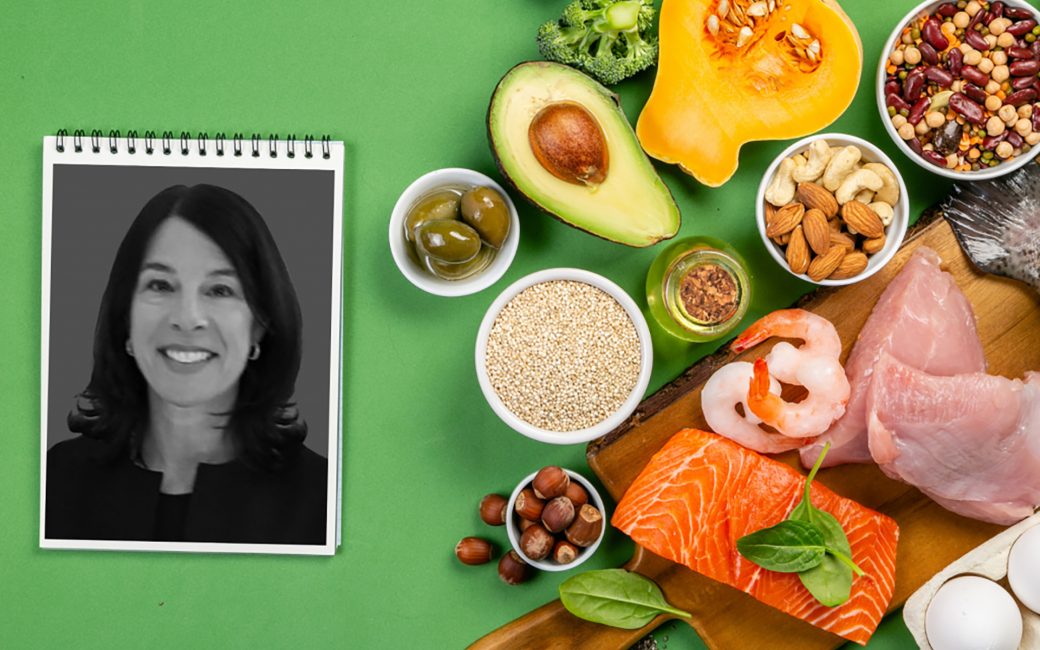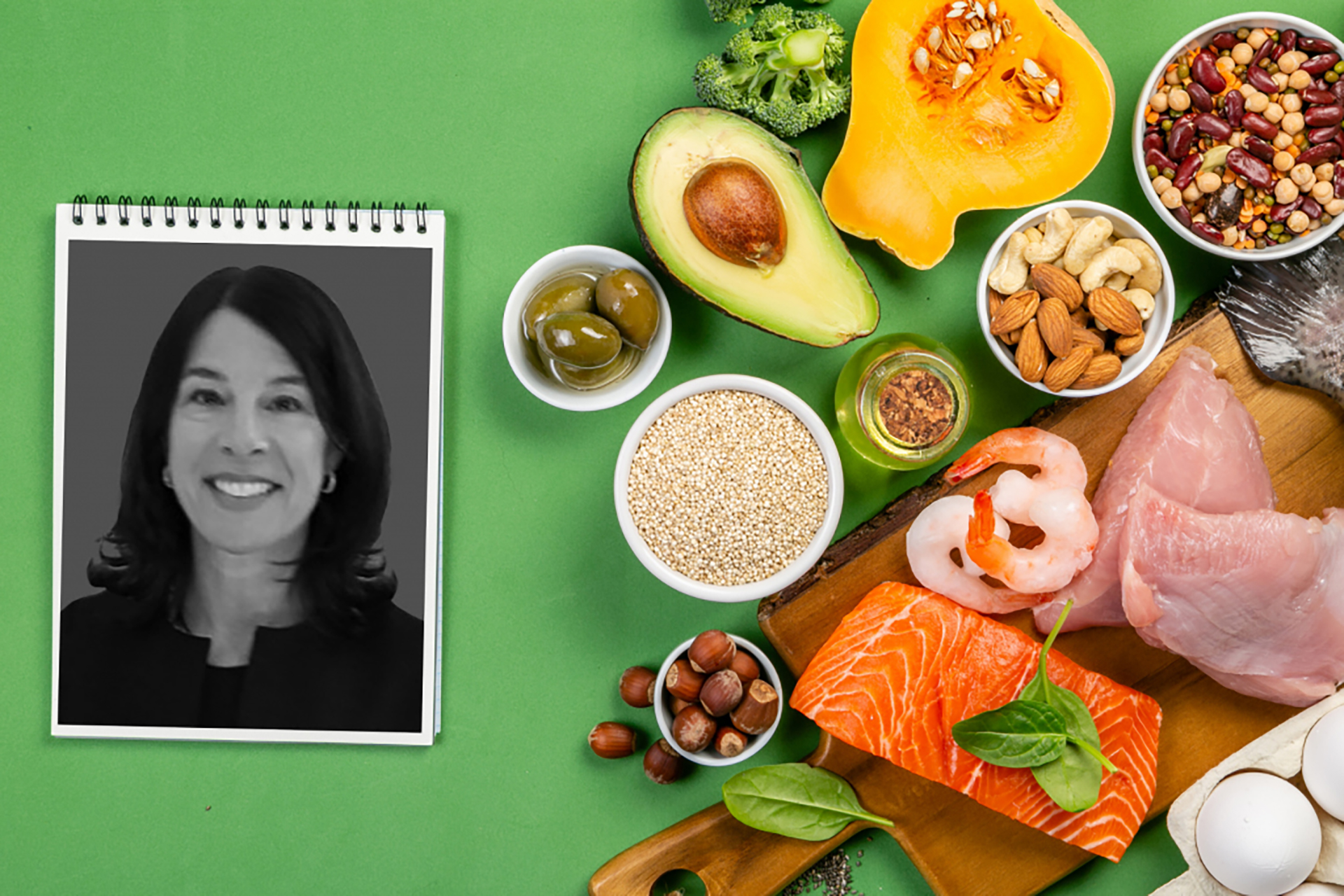The key to enjoying the seasonality of Florida's produce
Incorporating seasonal produce from the Naples, Florida area into your daily routine can be a great way to enjoy fresh, flavorful fruits and vegetables while supporting local agriculture. Here are some tips to make the most it.
April 16, 2024 | Ashley Jerry, MS
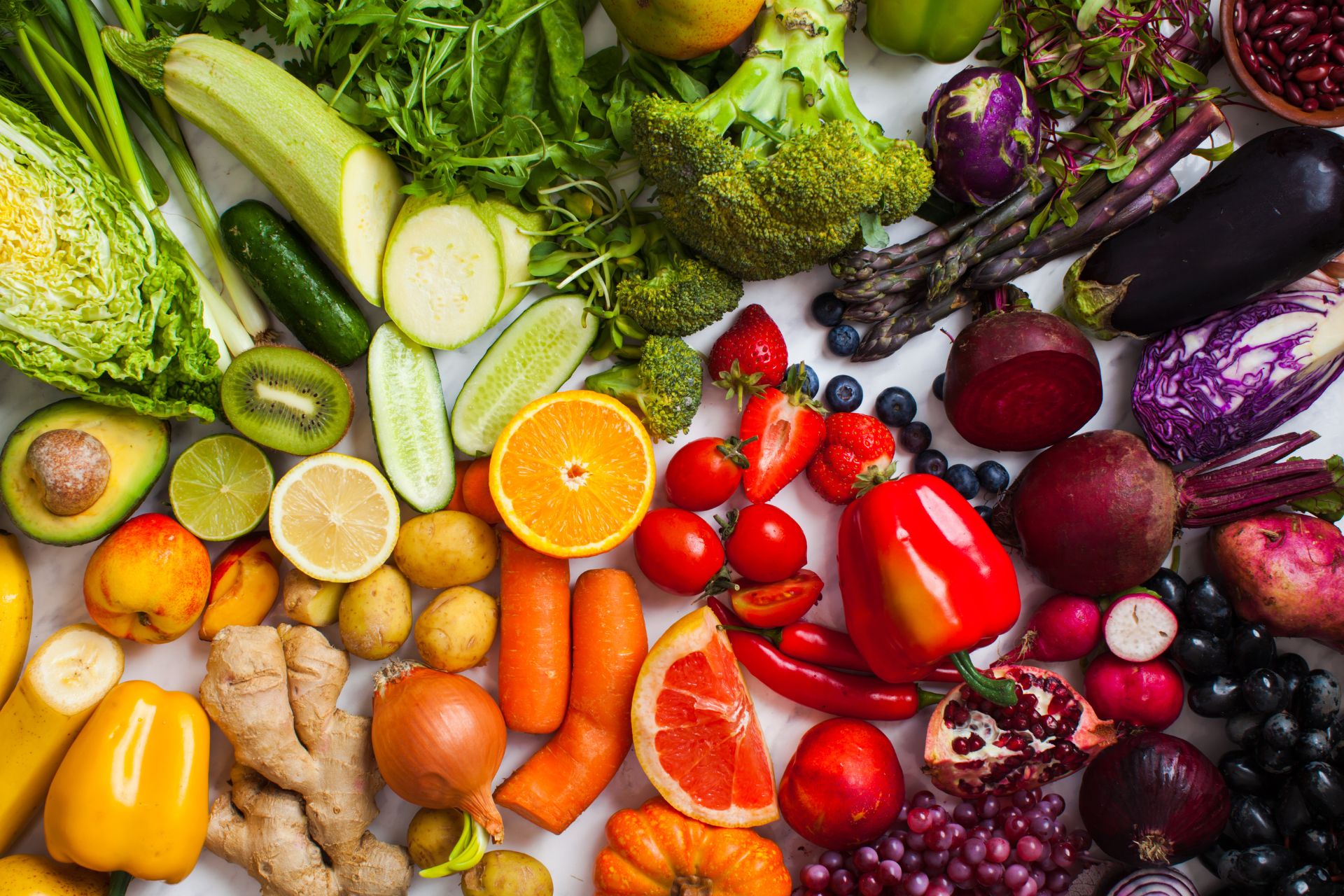
Incorporating seasonal produce from the Naples, Florida area into your daily routine can be a great way to enjoy fresh, flavorful fruits and vegetables while supporting local agriculture. Naples has many places to buy produce in season, eating seasonally and locally not only provides you with fresh and nutrient dense produce but also supports a sustainable and environmentally friendly lifestyle. Exploring resources for local produce creates exciting new habits and ability to have variety in your daily nutritional intake.
Here are some tips for making the most of Florida's seasonal produce:
- Visit local farmers' markets: Naples has several farmers' markets where you can find a wide variety of locally grown produce. The Third Street South Farmers Market and the Vanderbilt Farmers Market are popular options. Shopping at these markets allows you to interact directly with the farmers and learn about what's in season.
- Join a community-supported agriculture (CSA) program: Many local farms in the Naples area offer CSA subscriptions, where you receive a weekly or bi-weekly box of freshly harvested produce. This is a great way to try new fruits and vegetables and plan your meals around what's in season.
- Familiarize yourself with the seasonal produce calendar: In Naples, the winter months (December to April) are prime for citrus fruits like oranges, grapefruits, and tangerines. Early spring brings strawberries, tomatoes, and leafy greens like kale and spinach. Summer is the peak season for tropical fruits like mangoes, avocados, and papayas.
- Meal Planning: Plan your weekly meals around what's in season, incorporating a variety of fruits and vegetables into your dishes. This approach not only ensures you're eating fresh and nutrient-dense foods but also helps reduce food waste.
- Explore local recipes: Look for recipes that highlight the seasonal produce of Naples. Cookbooks or online resources focused on Florida cuisine can provide inspiration for incorporating local flavors into your meals.
Remember, a healthy lifestyle is about balance and moderation. While focusing on seasonal produce is an excellent way to incorporate more nutrients into your diet, don't forget to include other essential food groups, such as whole grains, lean proteins, and healthy fats.
Some ideas for spring and summer produce:
Spring
- Tomato and avocado salad with fresh basil and balsamic glaze (add fish or chicken for protein source)
- Zucchini noodles (zoodles) with a fresh tomato sauce and grilled chicken or shrimp.
Summer
- Watermelon and feta salad with fresh mint and a honey-lime dressing.
- Grilled eggplant and zucchini skewers with a tzatziki dipping sauce.
- Greek yogurt bowl topped with fresh seasonal fruits, nuts, and seeds.
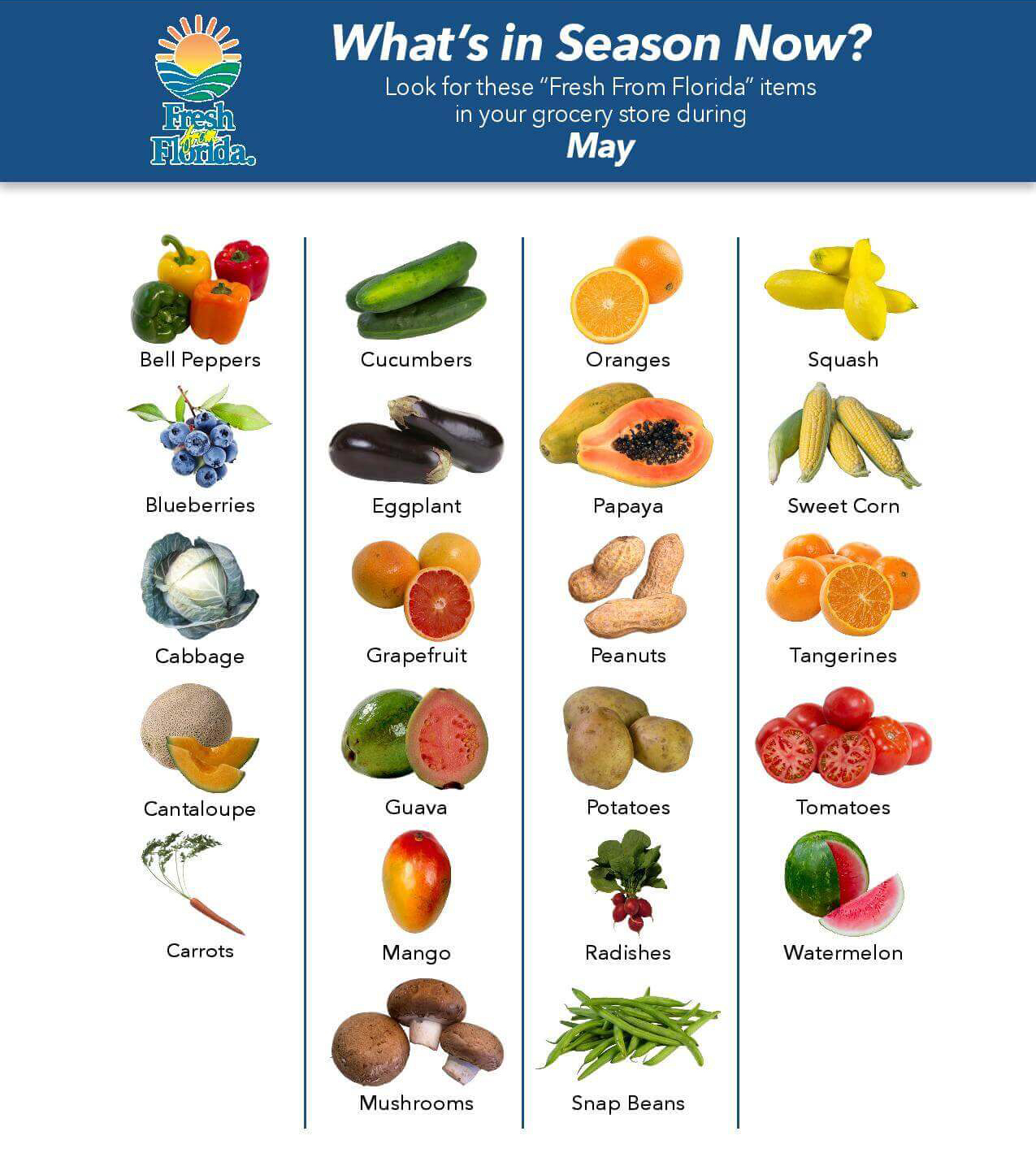
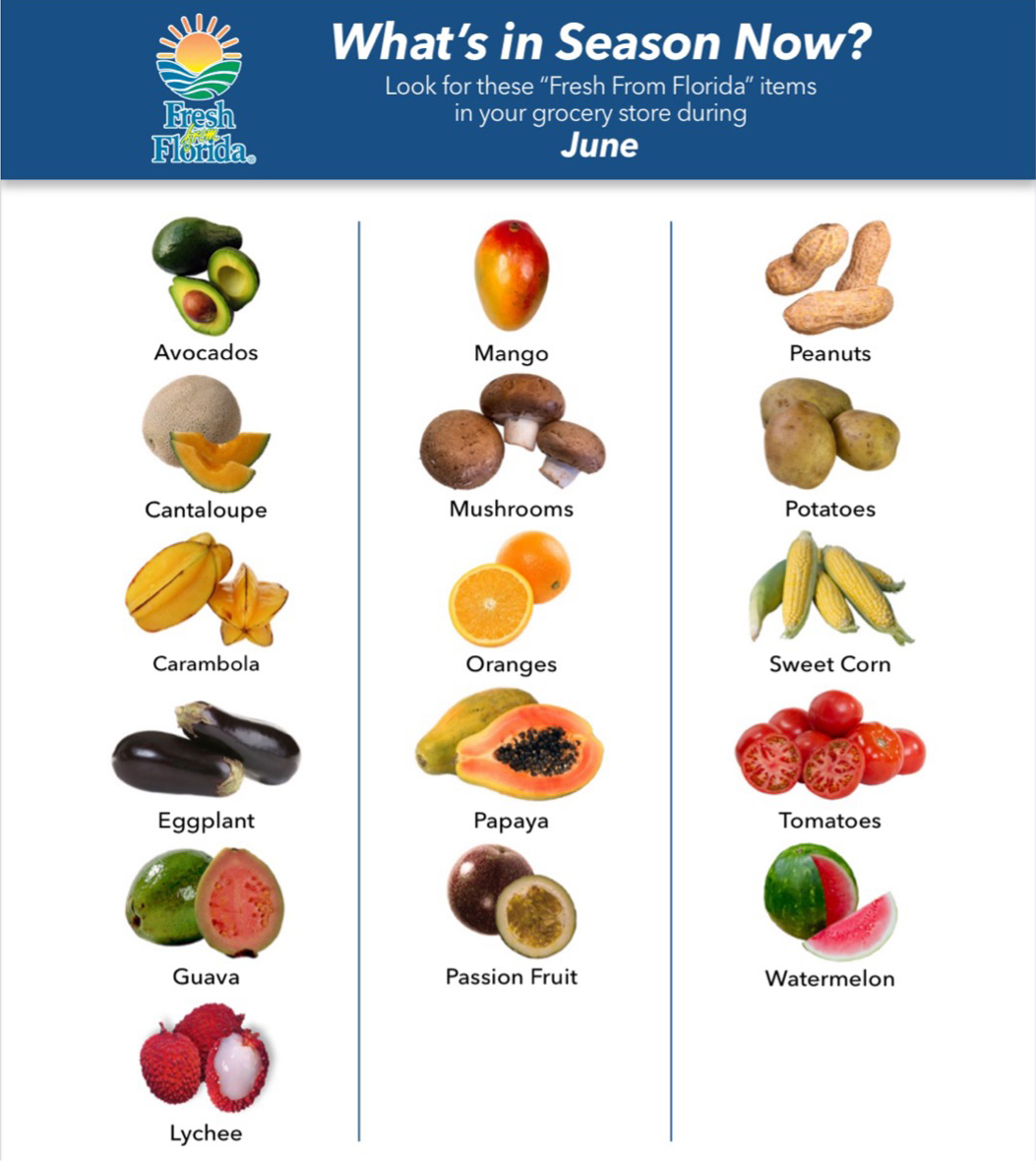

Ashley Jerry
Ashley Jerry, MS, is a nutritionist who specializes in a variety of fields, including food sensitivities, medical conditions, and sports nutrition. Her expertise includes gut health issues, weight loss, self-image and an overall understanding of nutrition, as well as treating a diverse range of medical conditions such as high cholesterol, high blood glucose levels, obesity, pregnancy, gastrointestinal function, anxiety, depression, and overall health.

